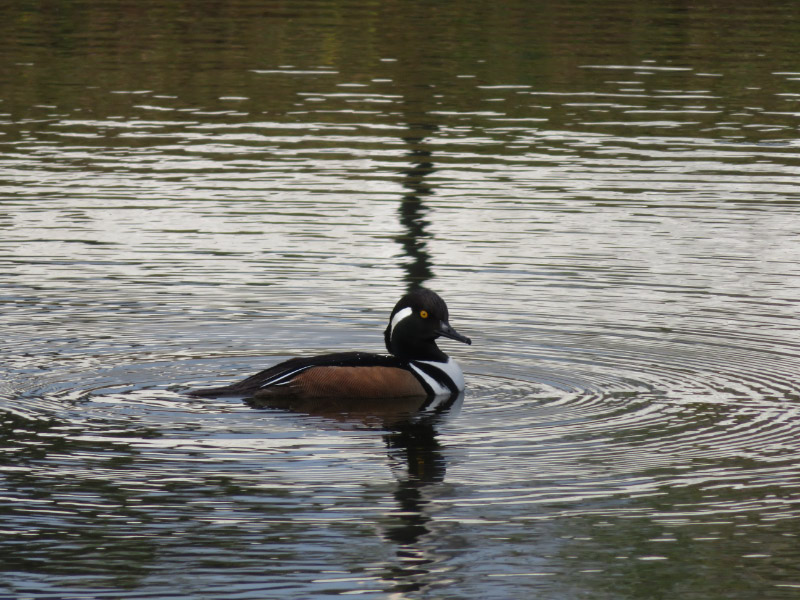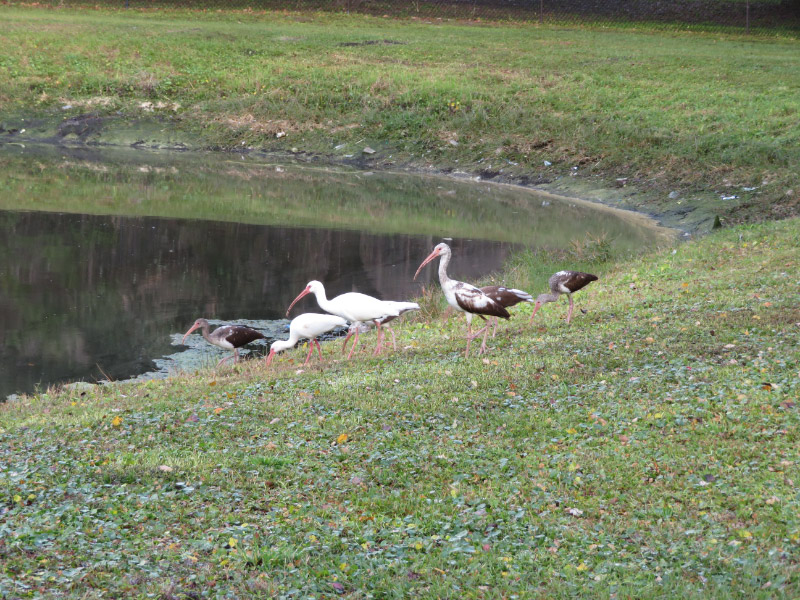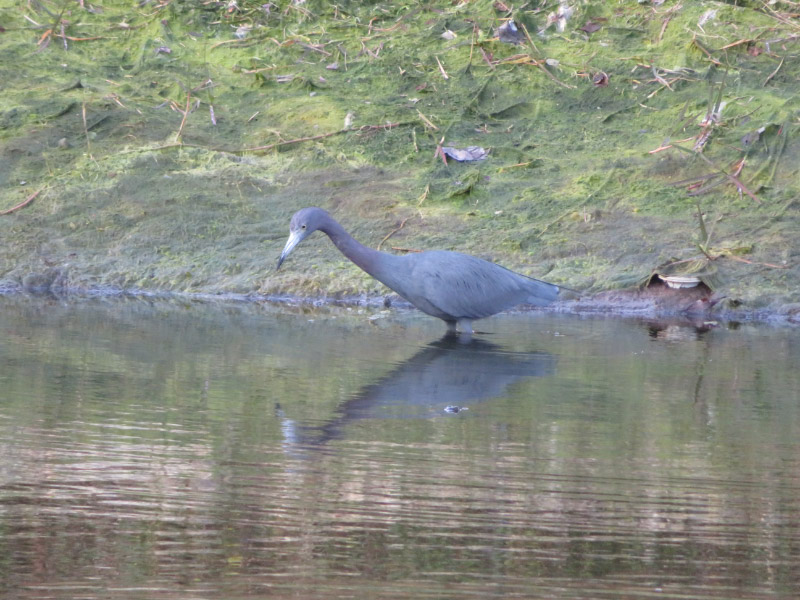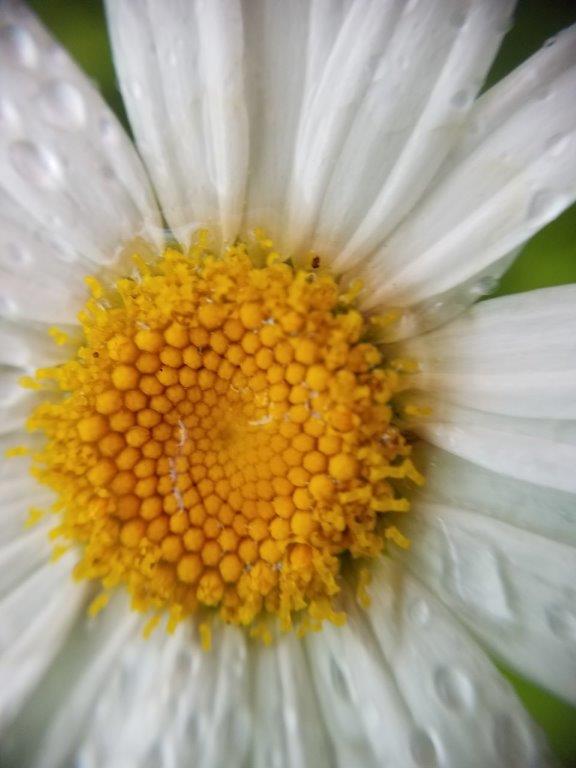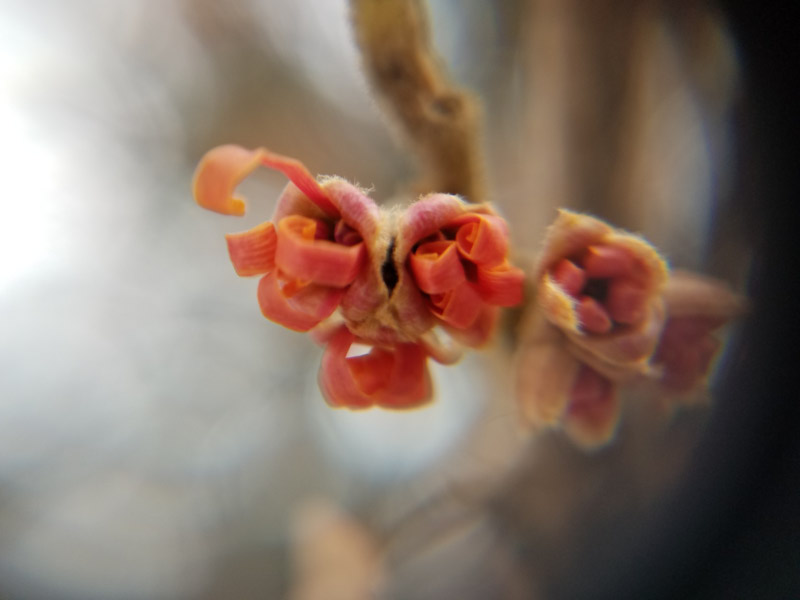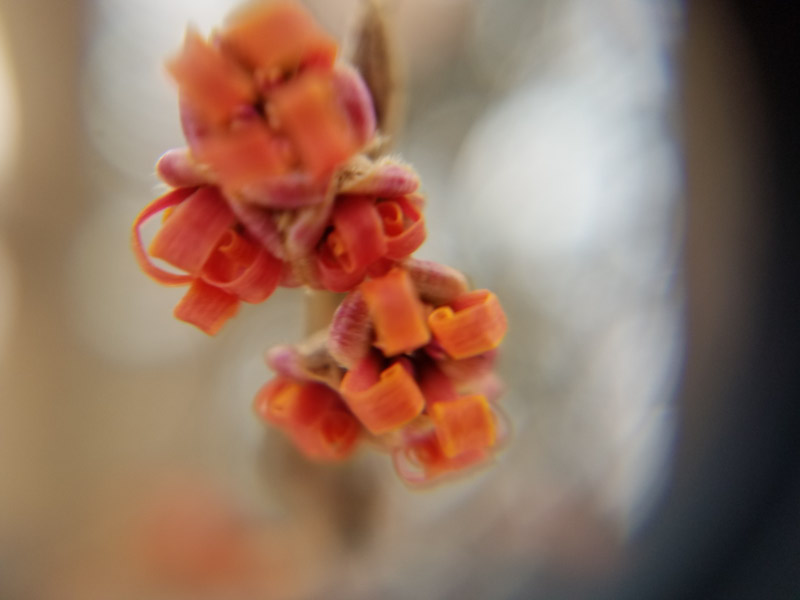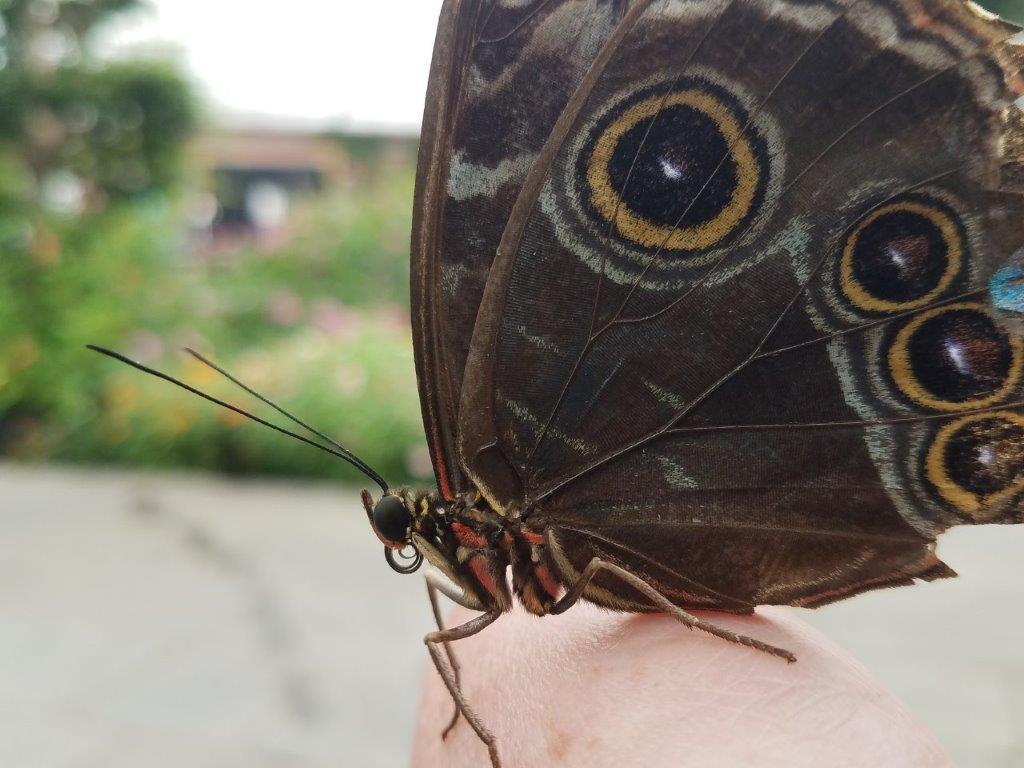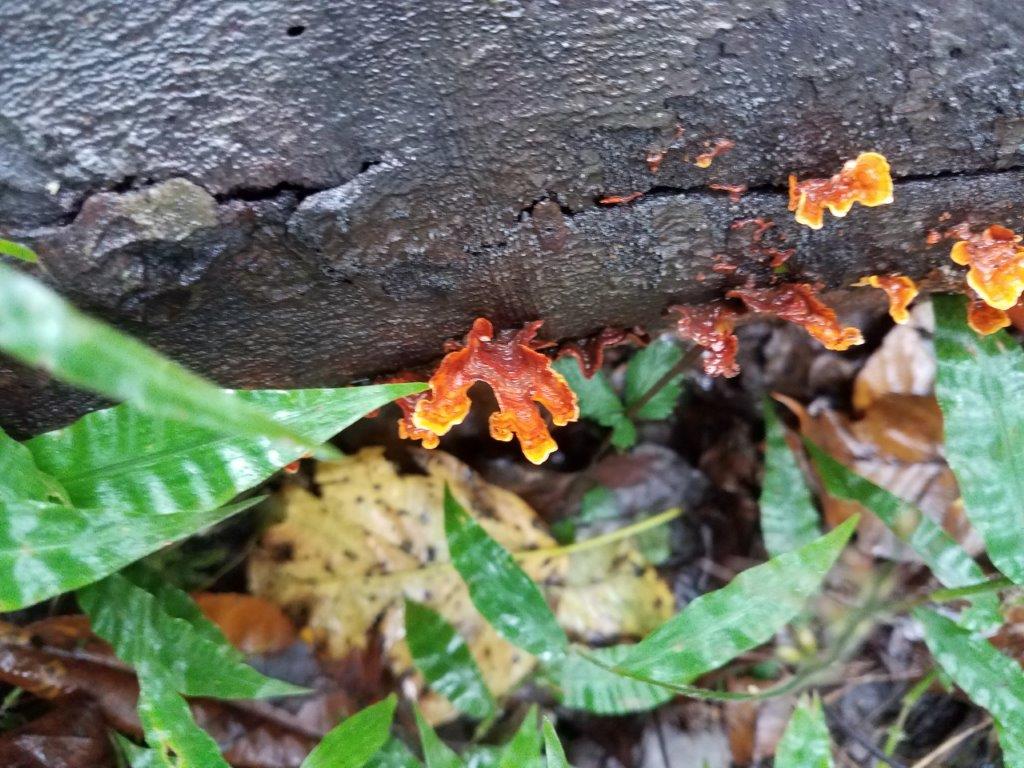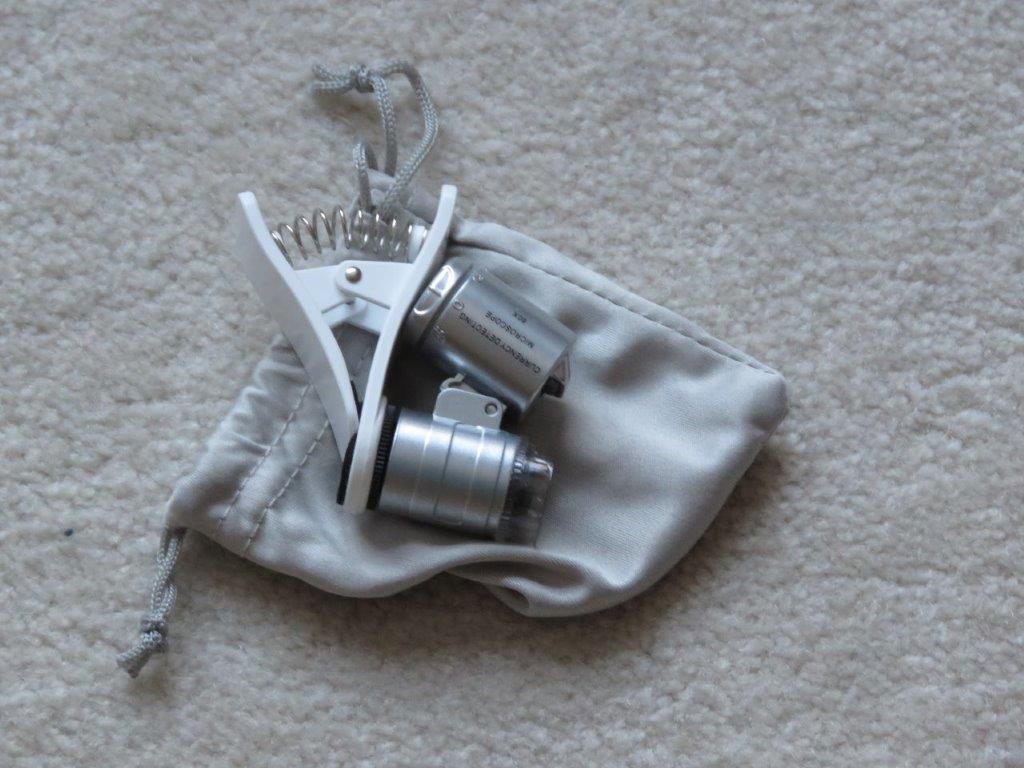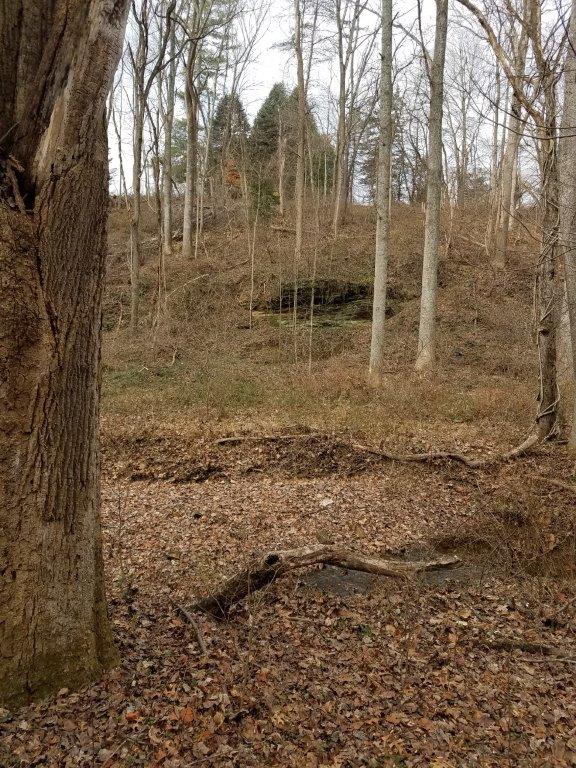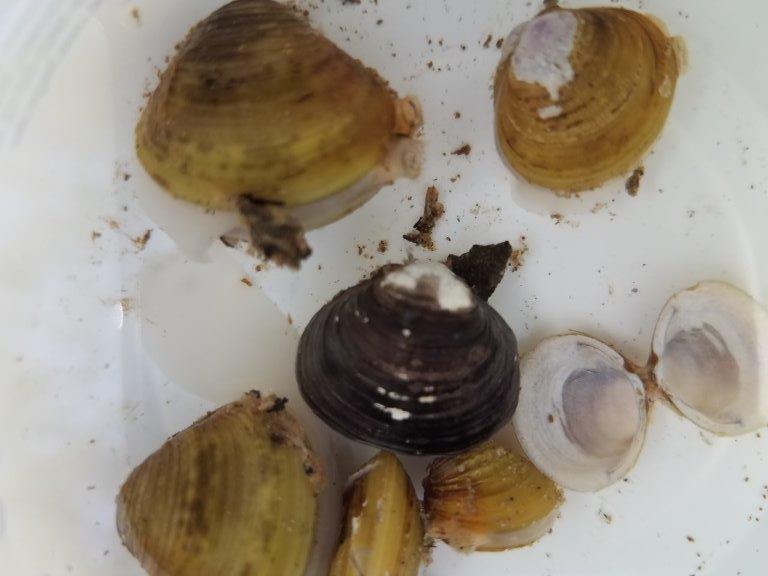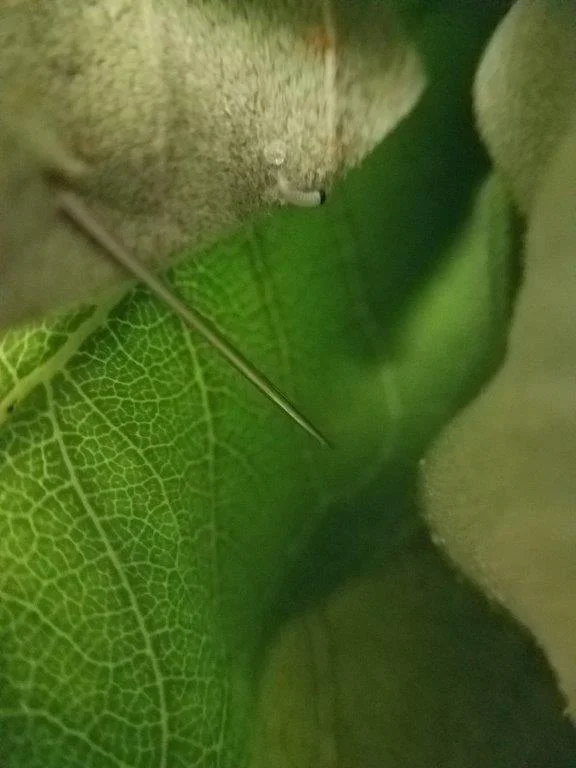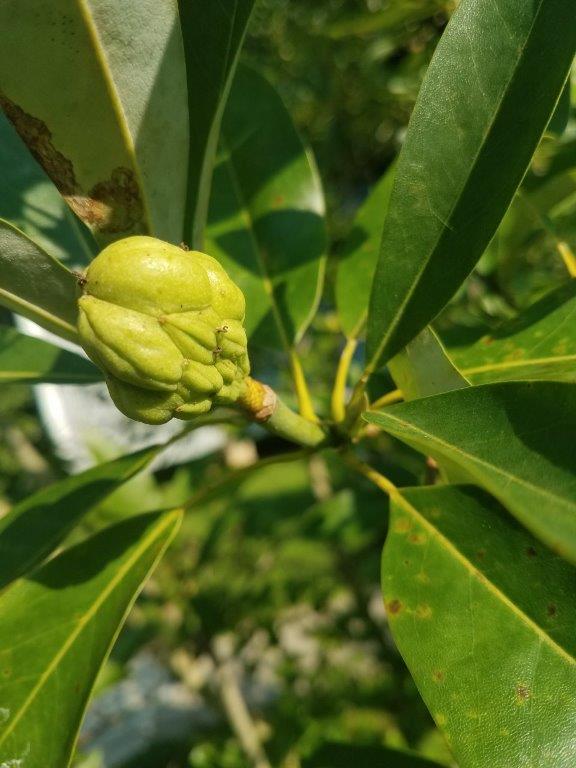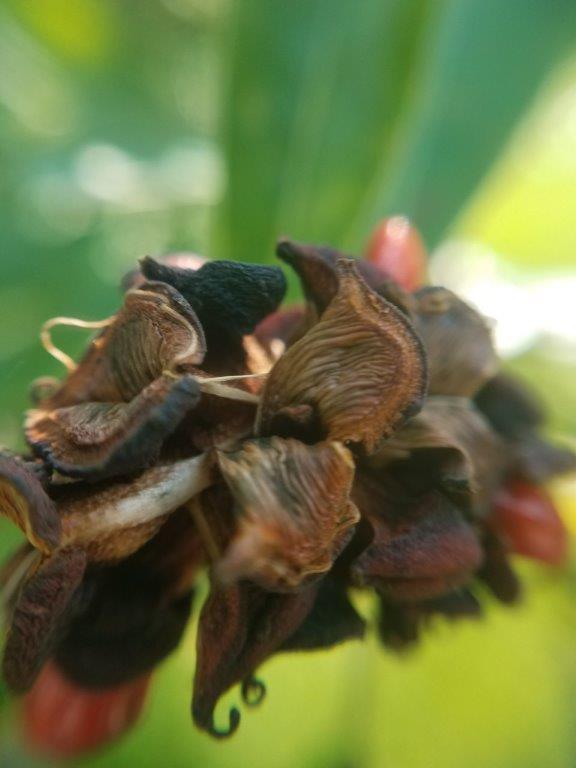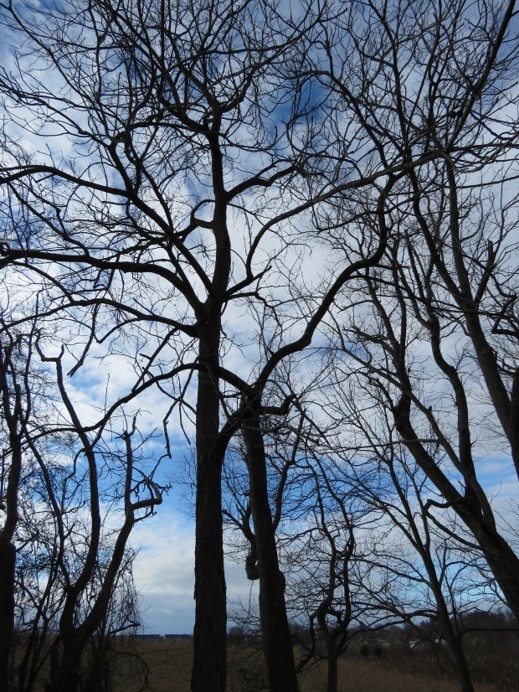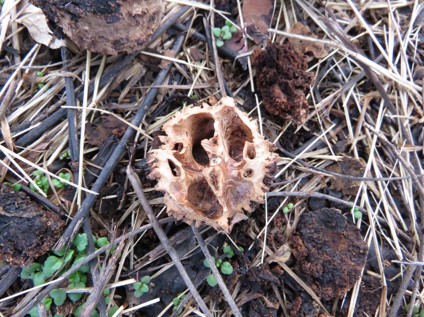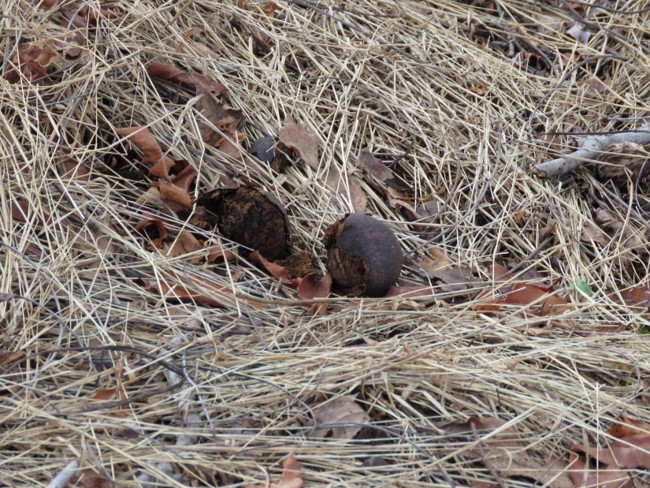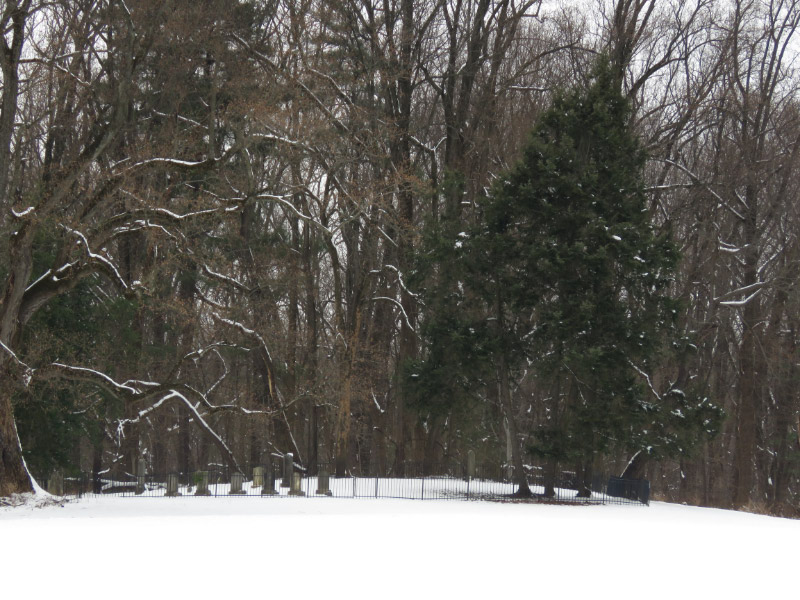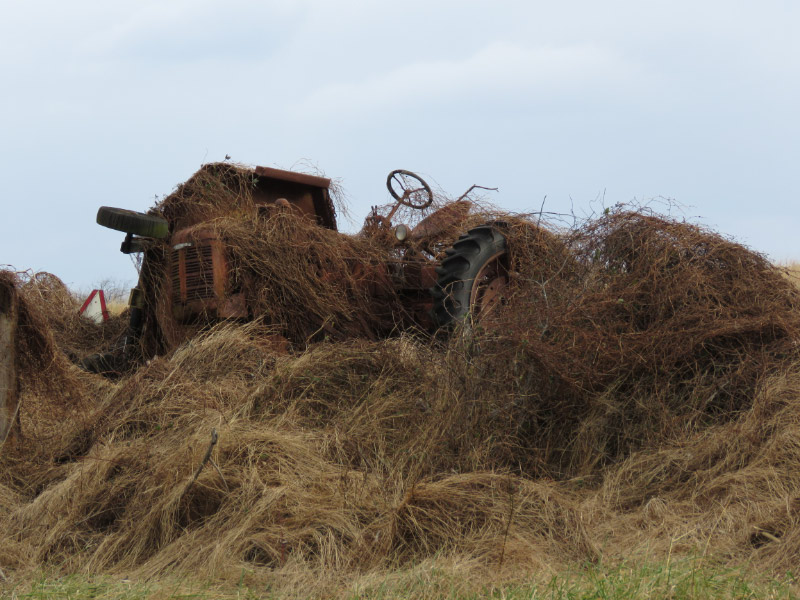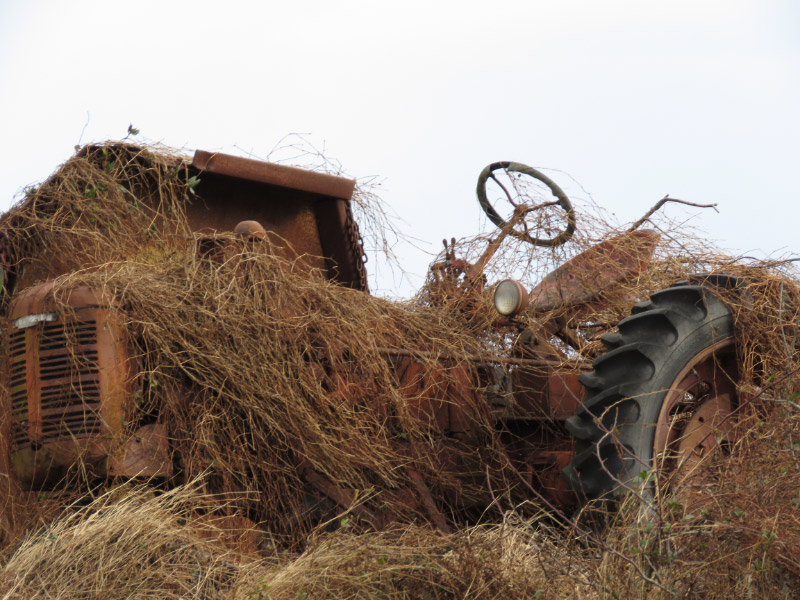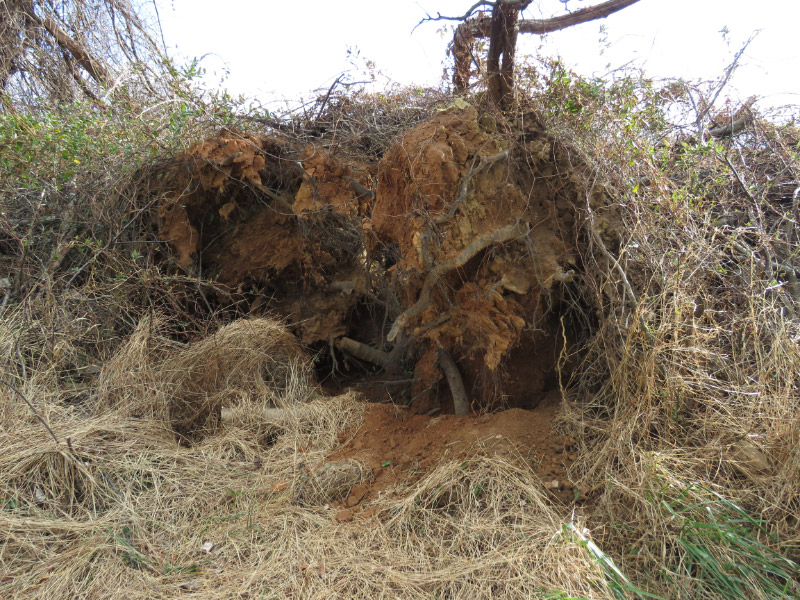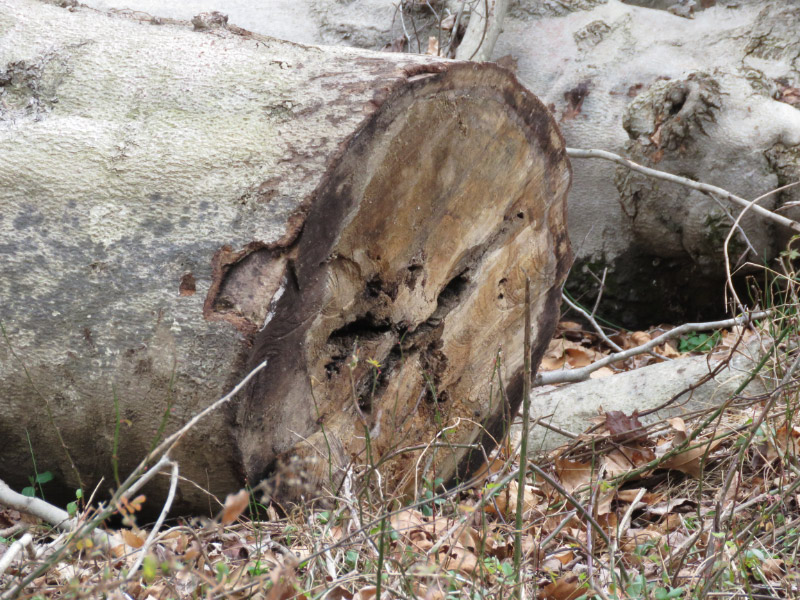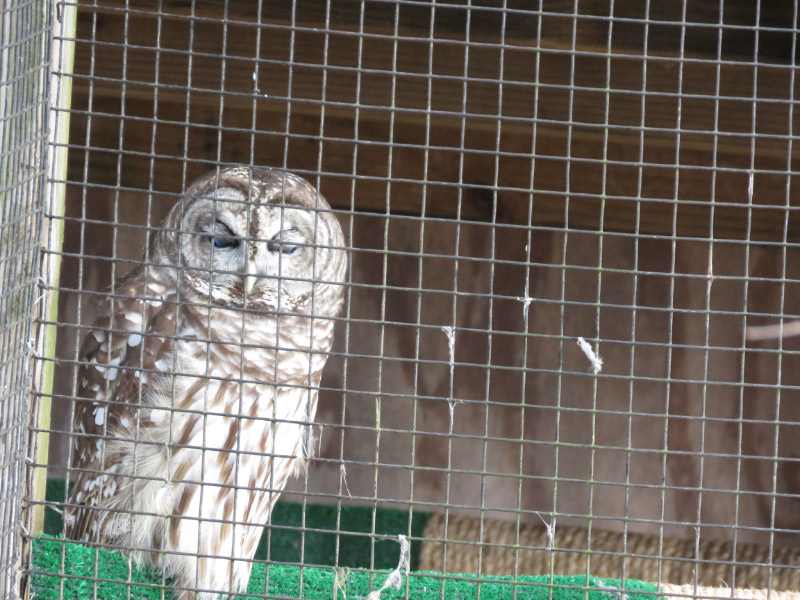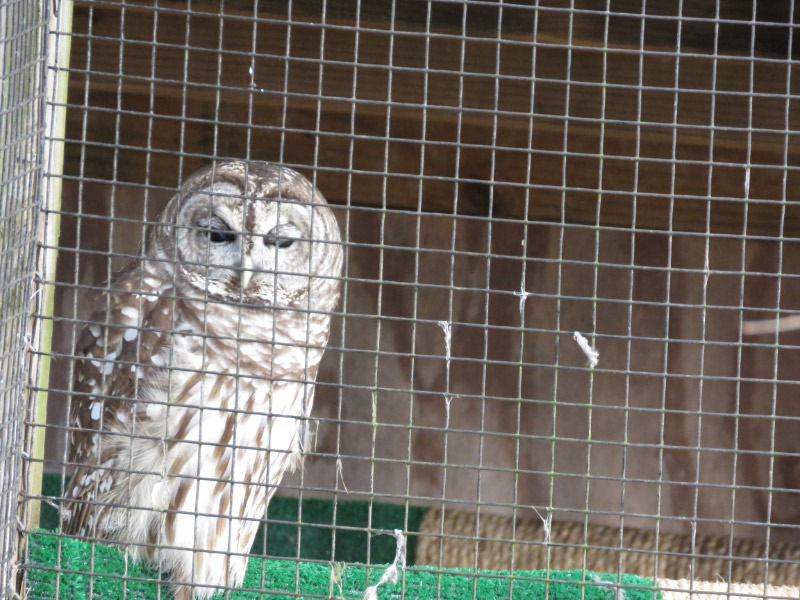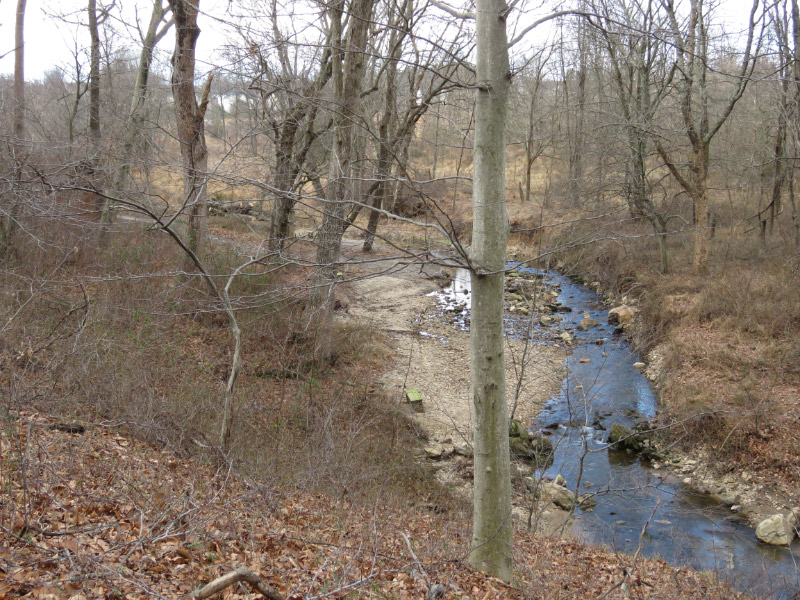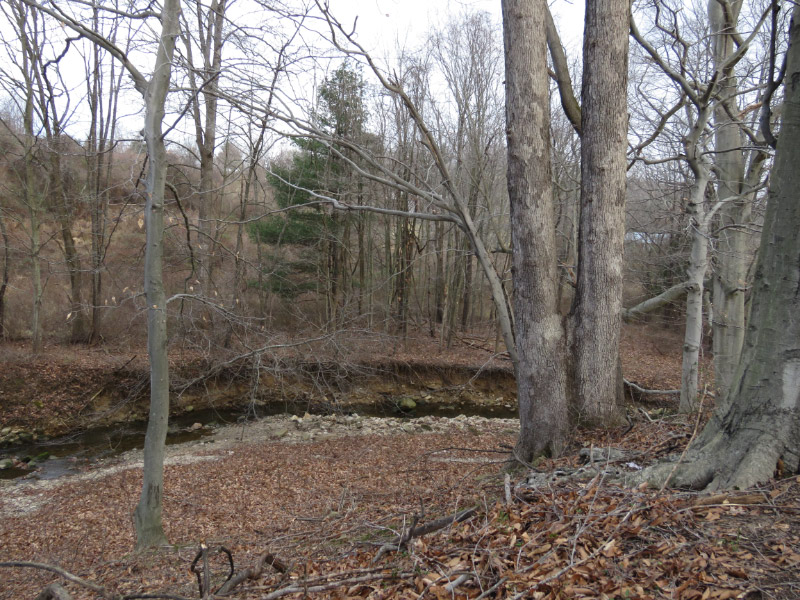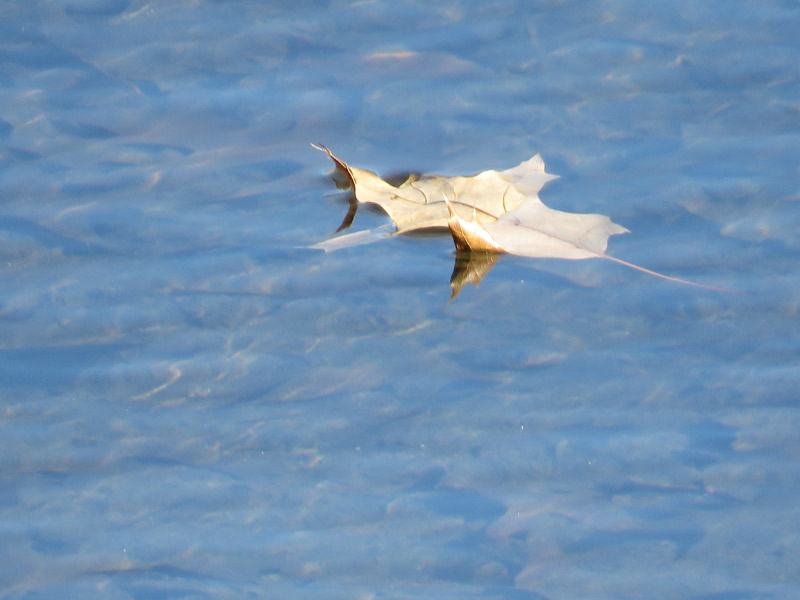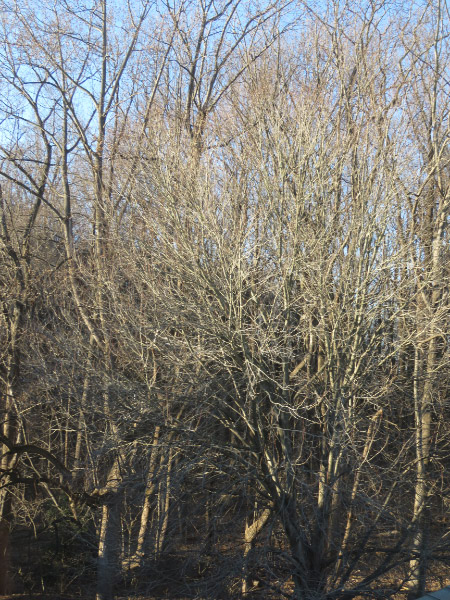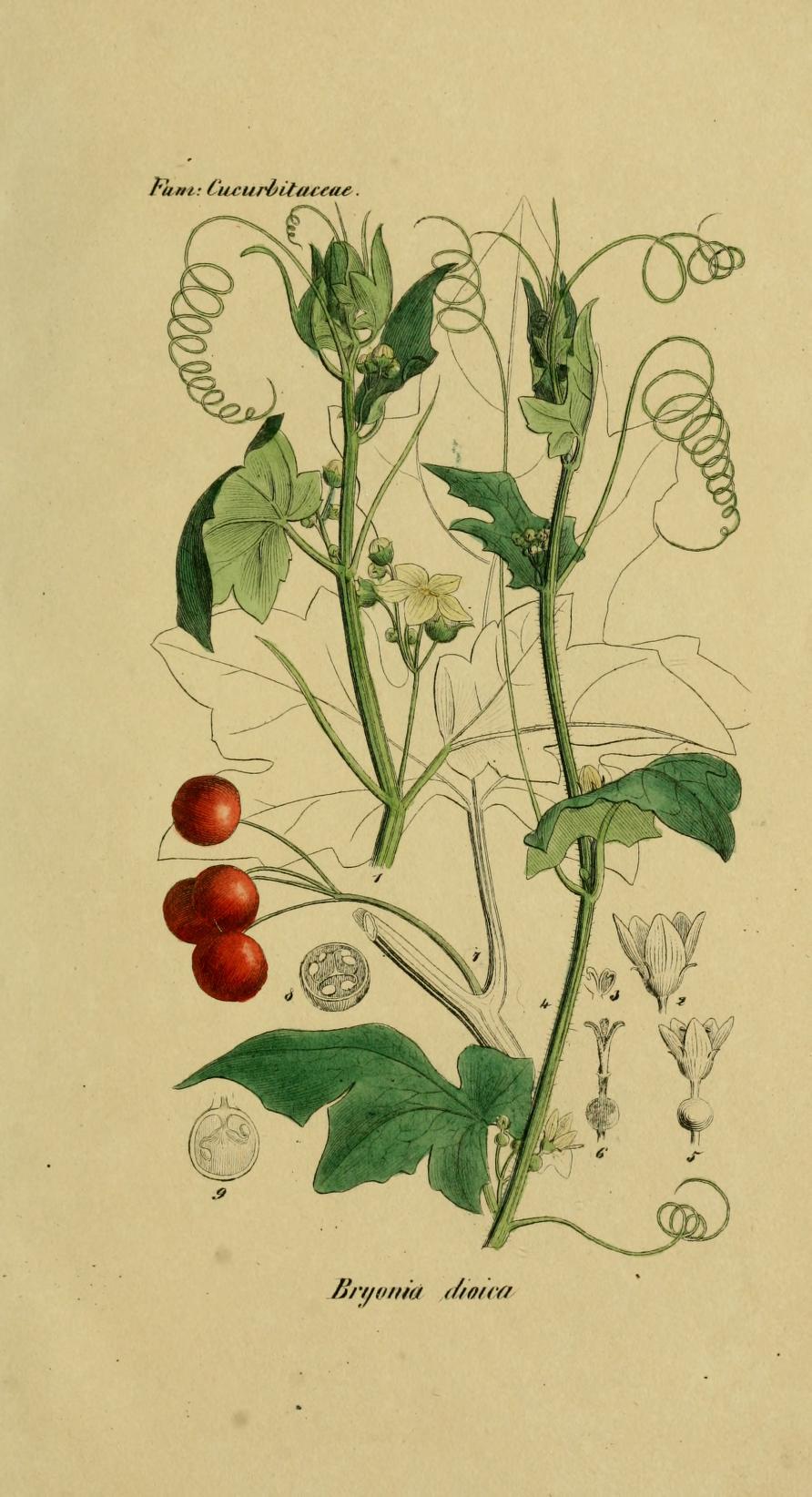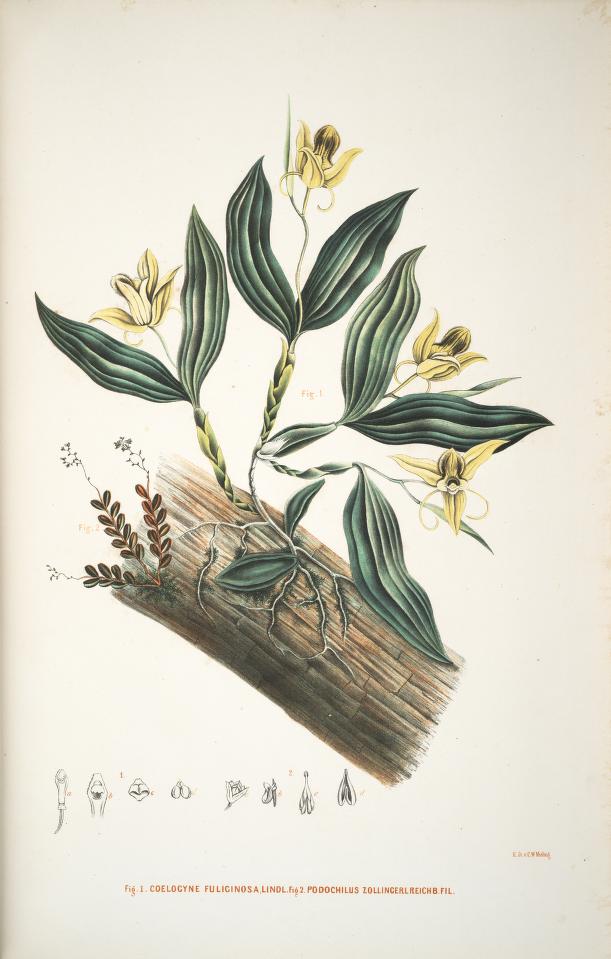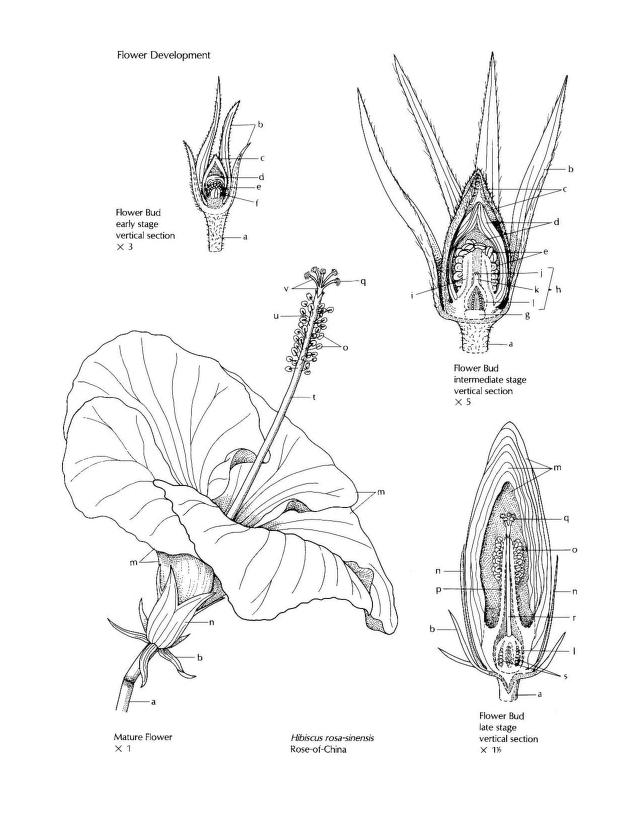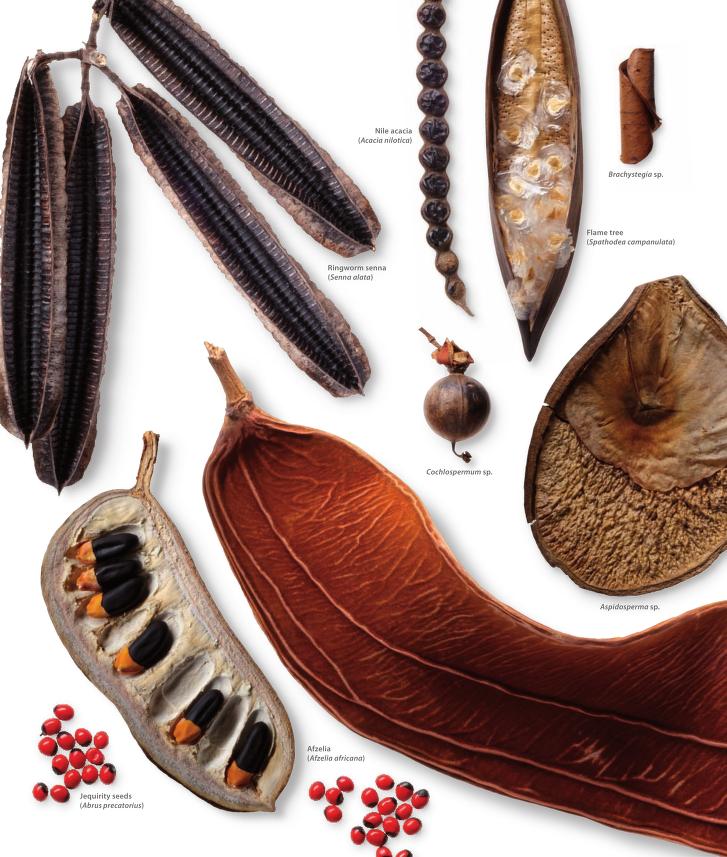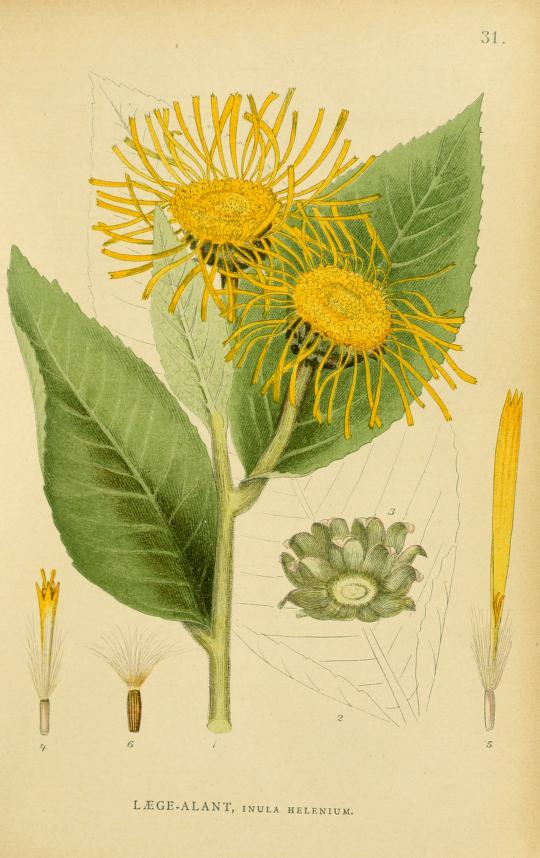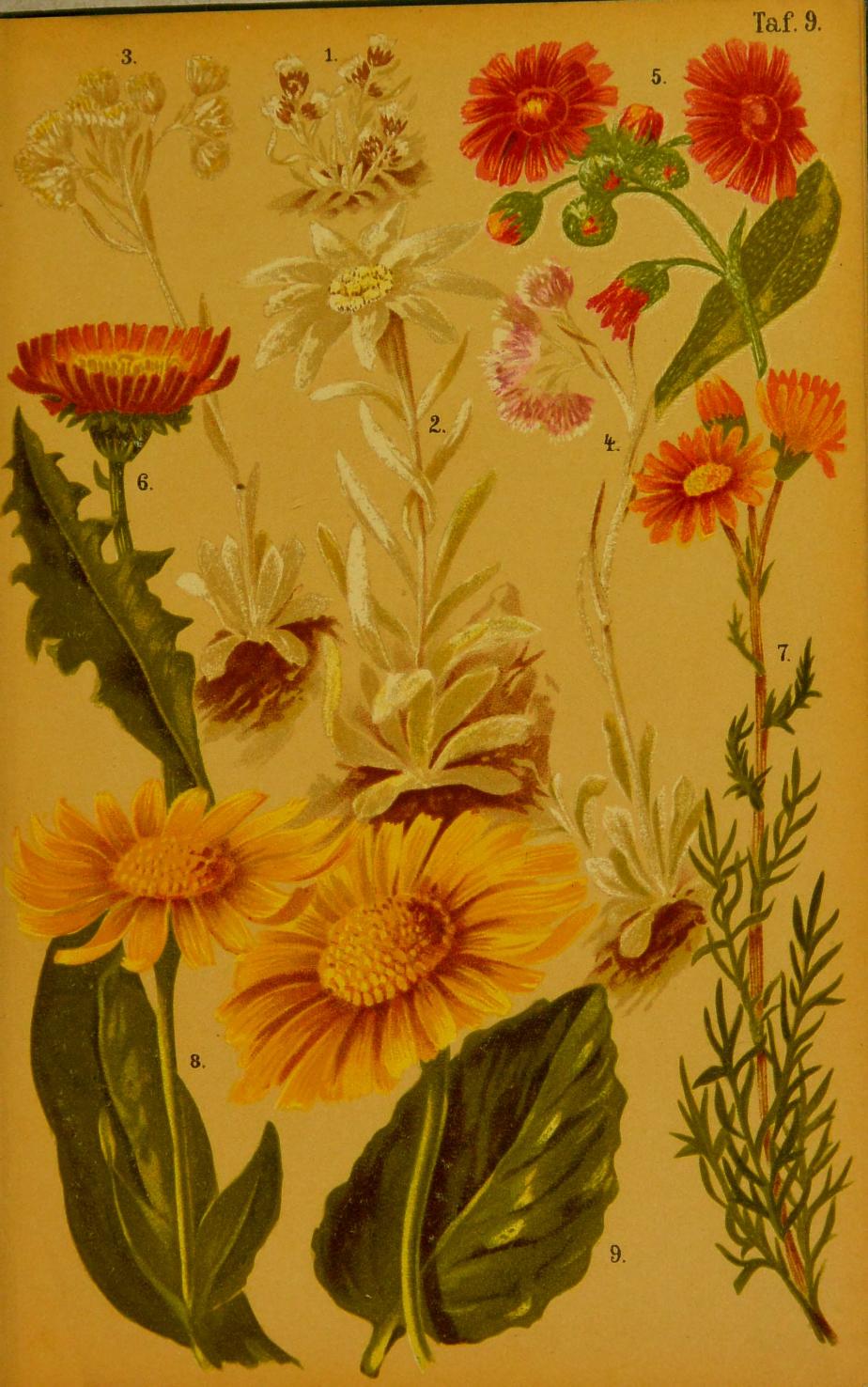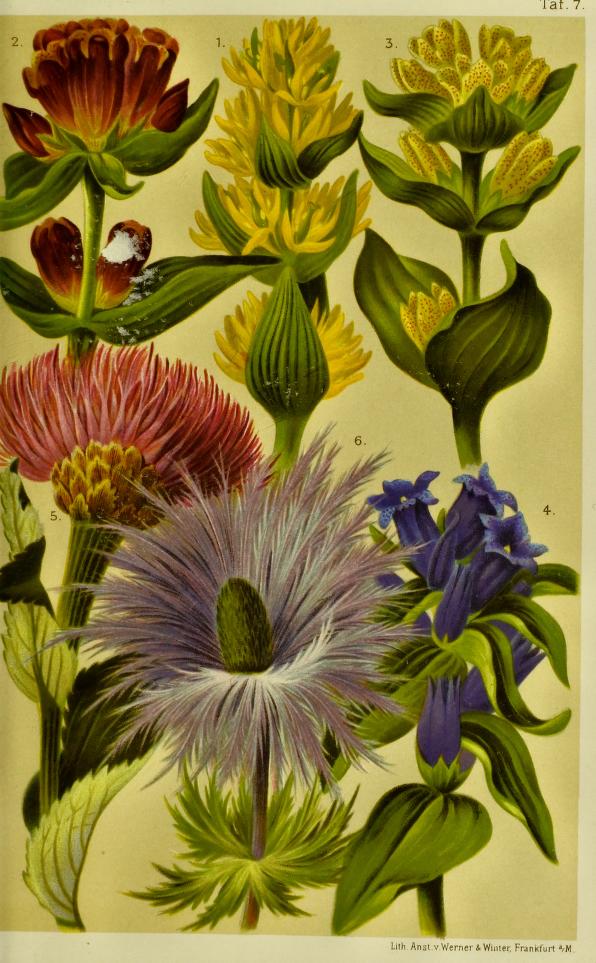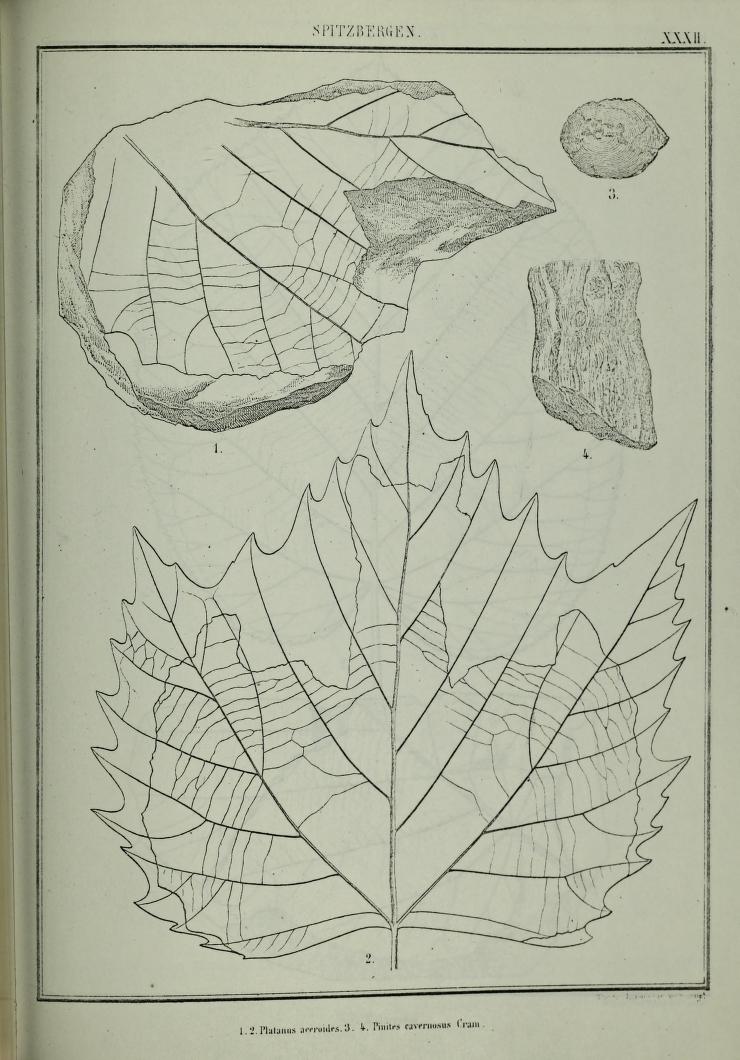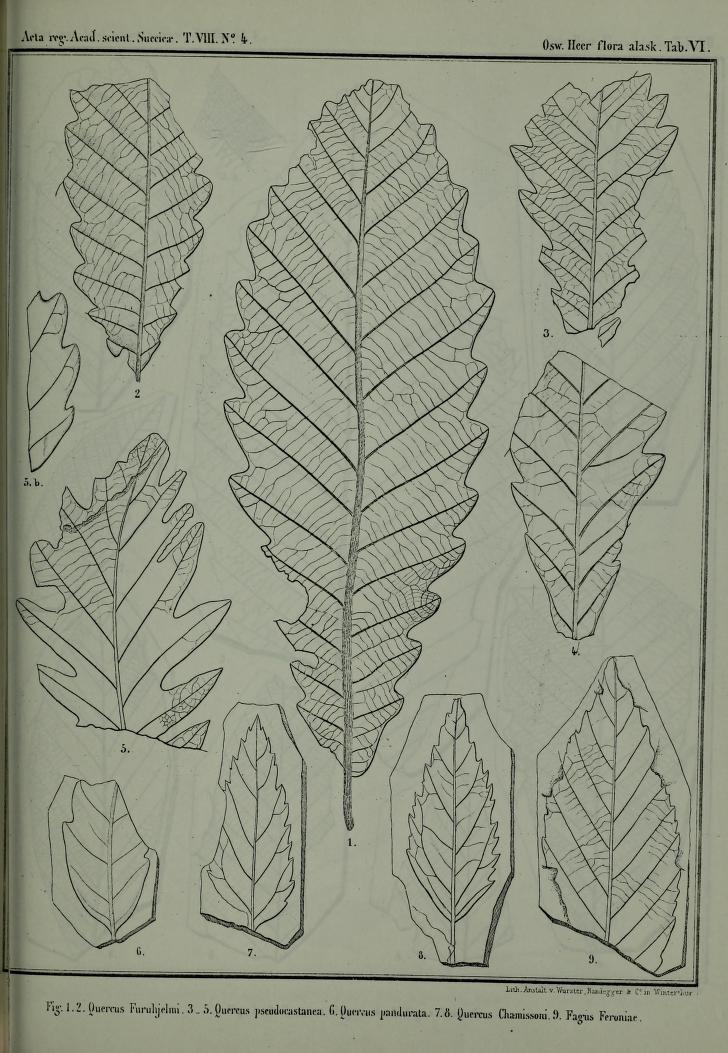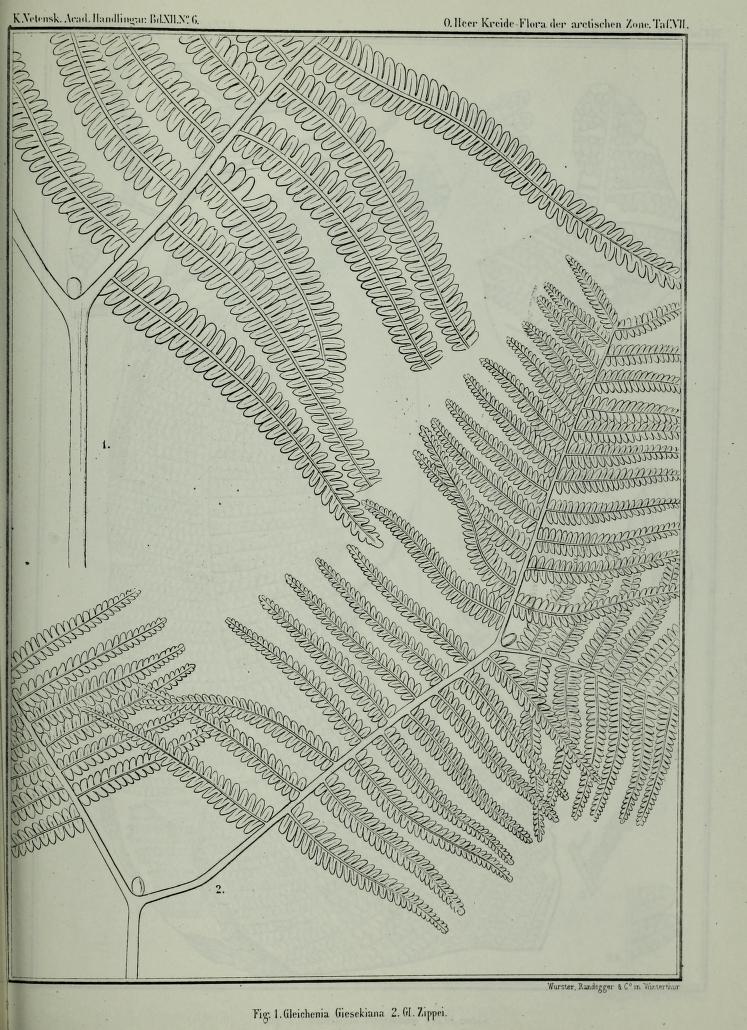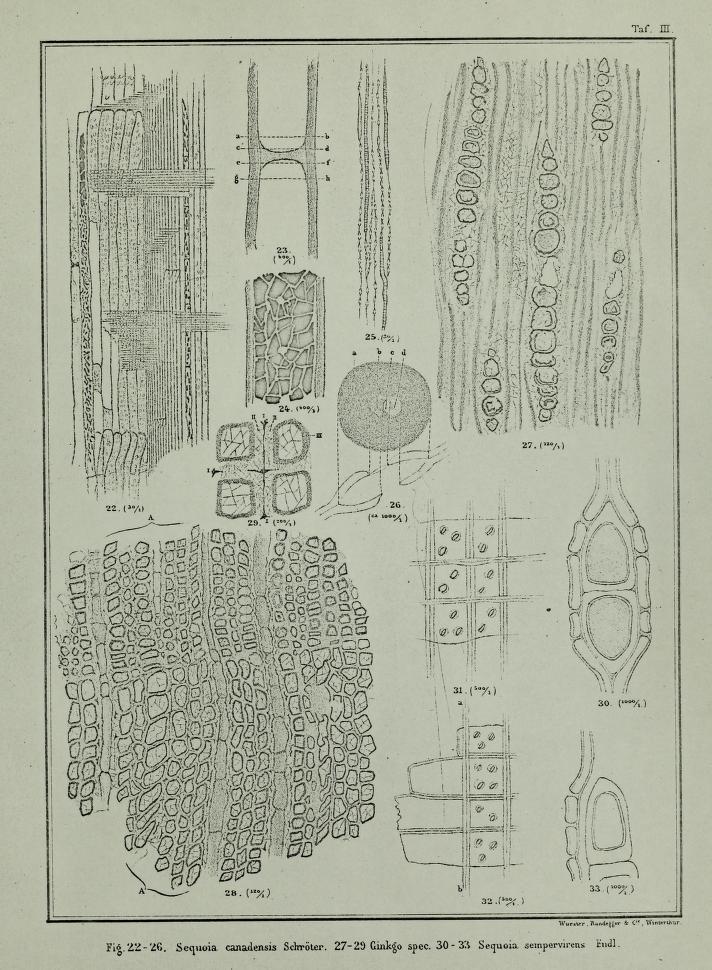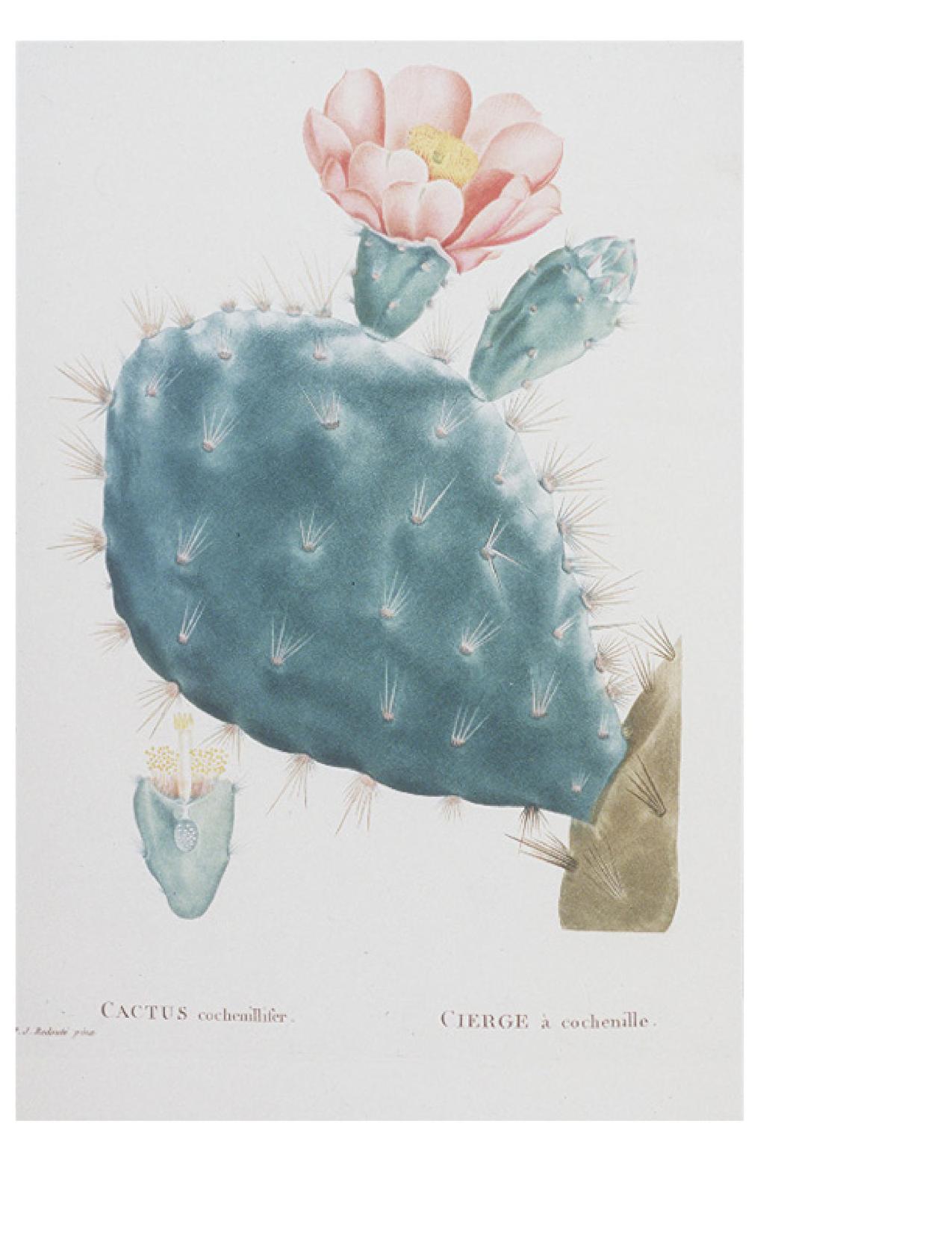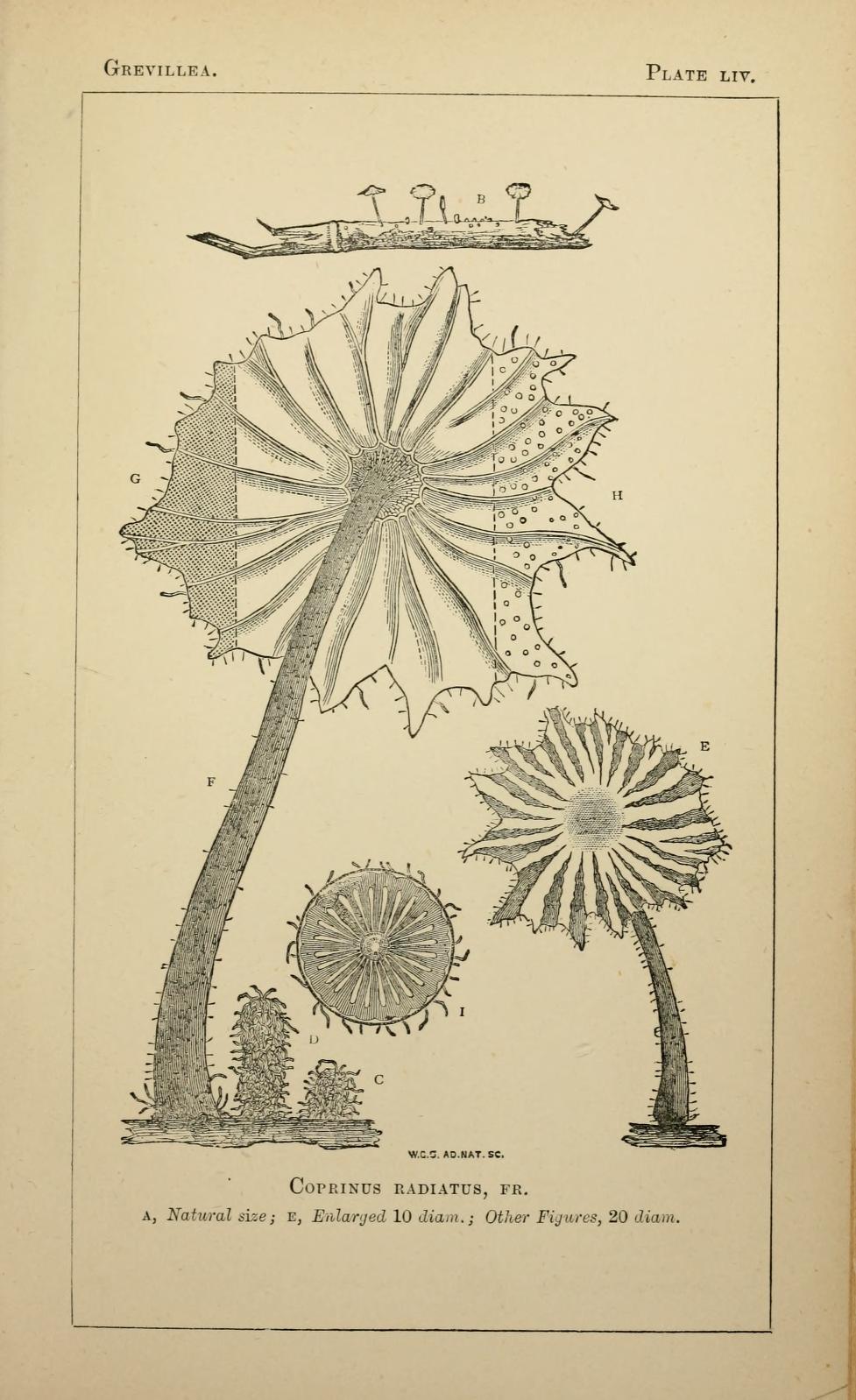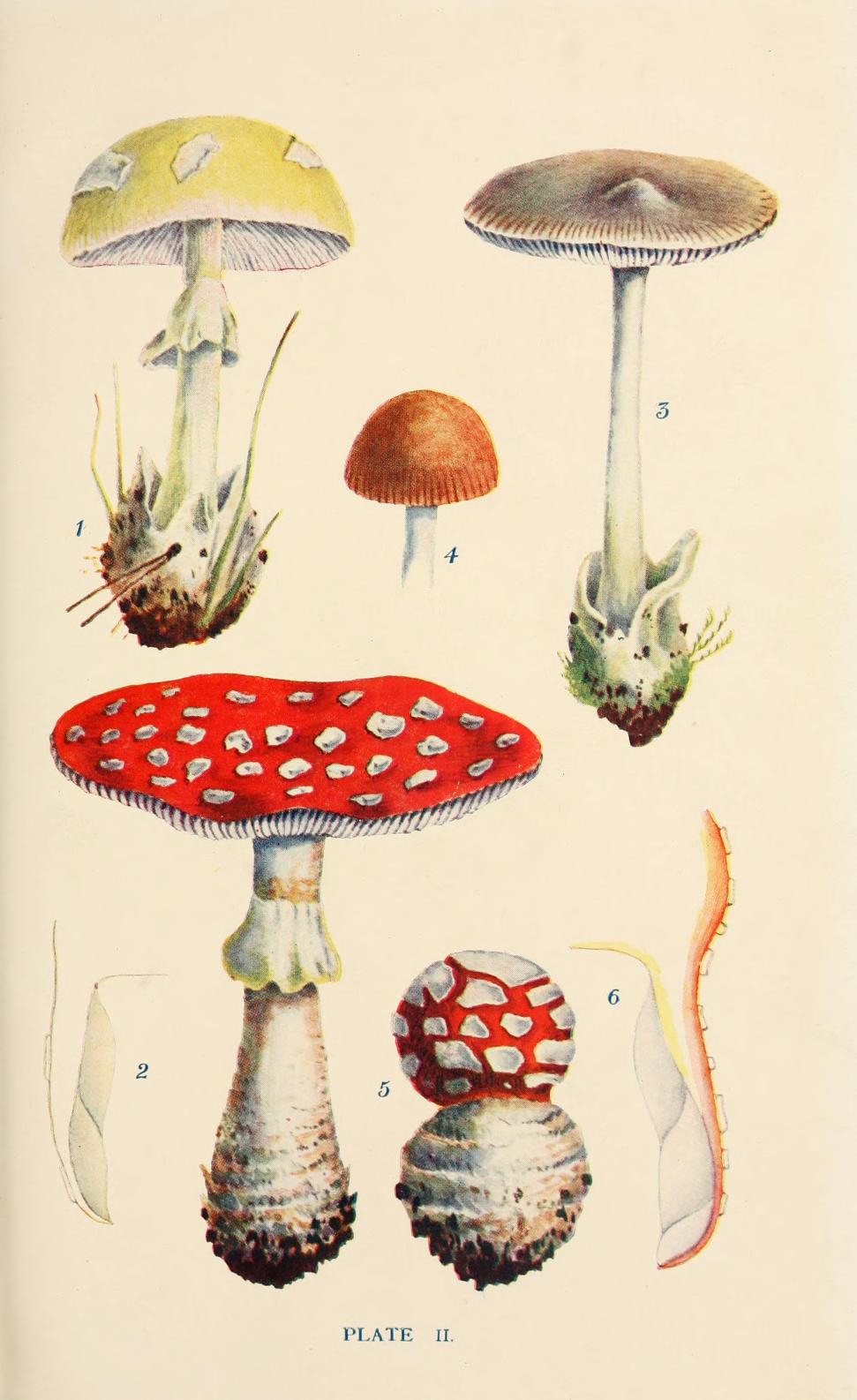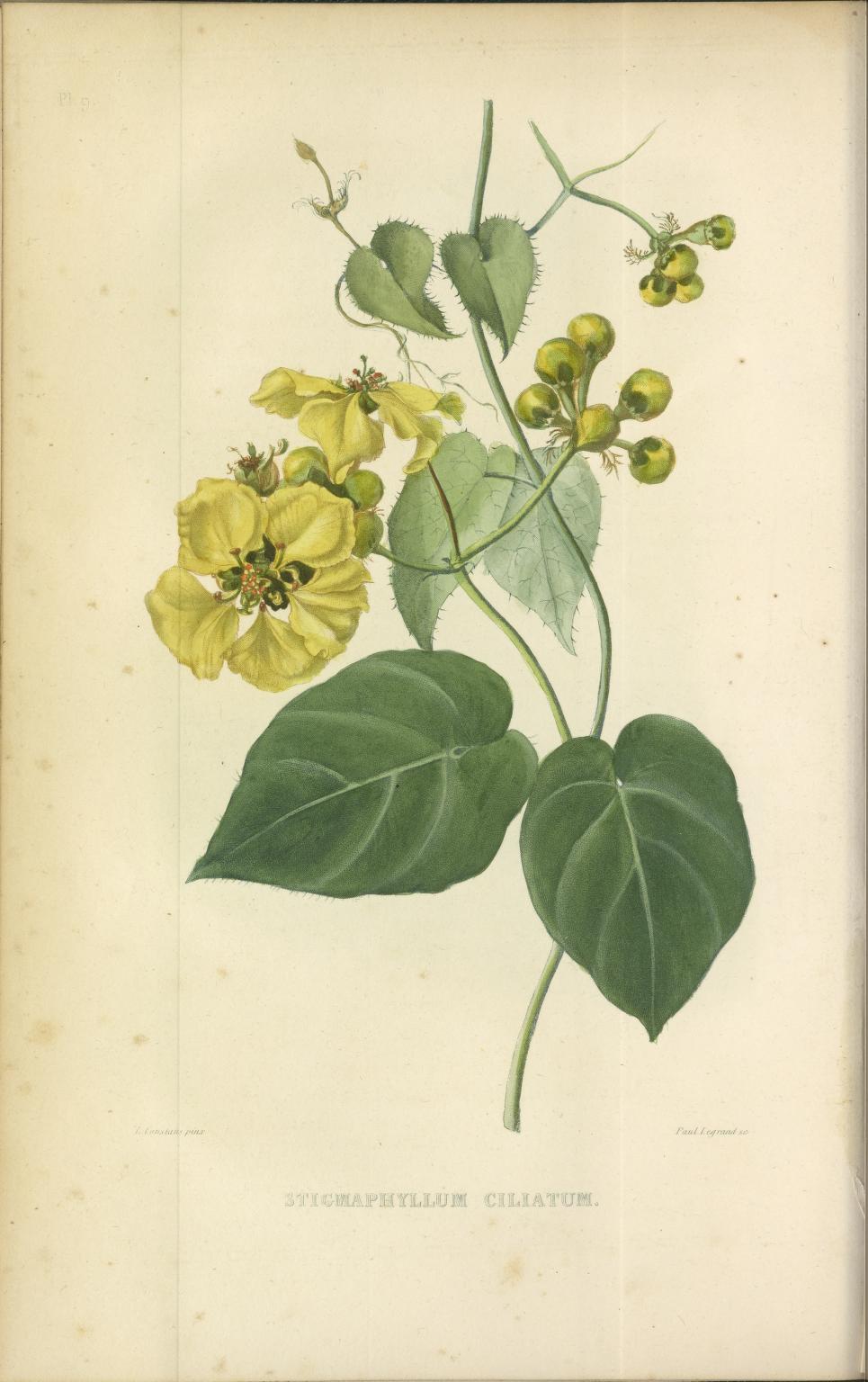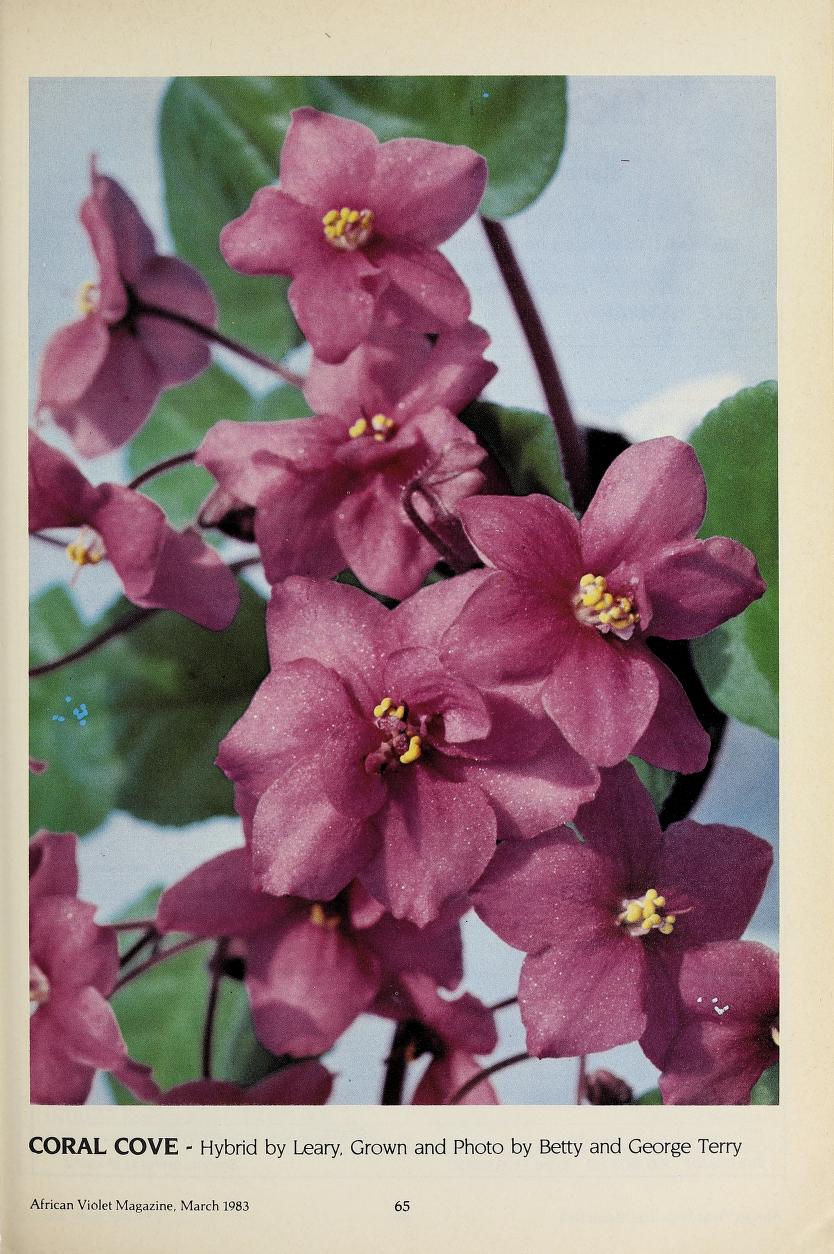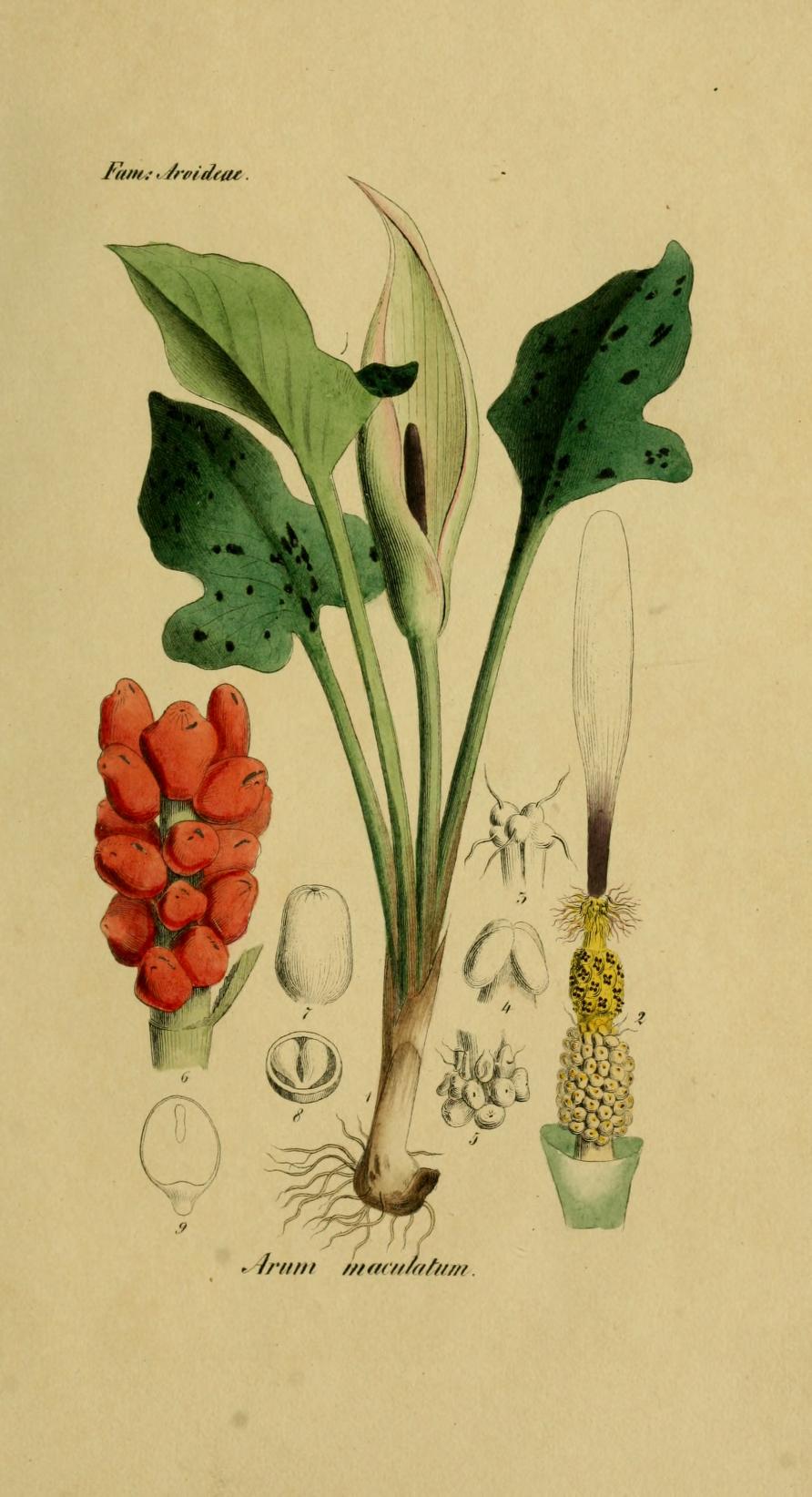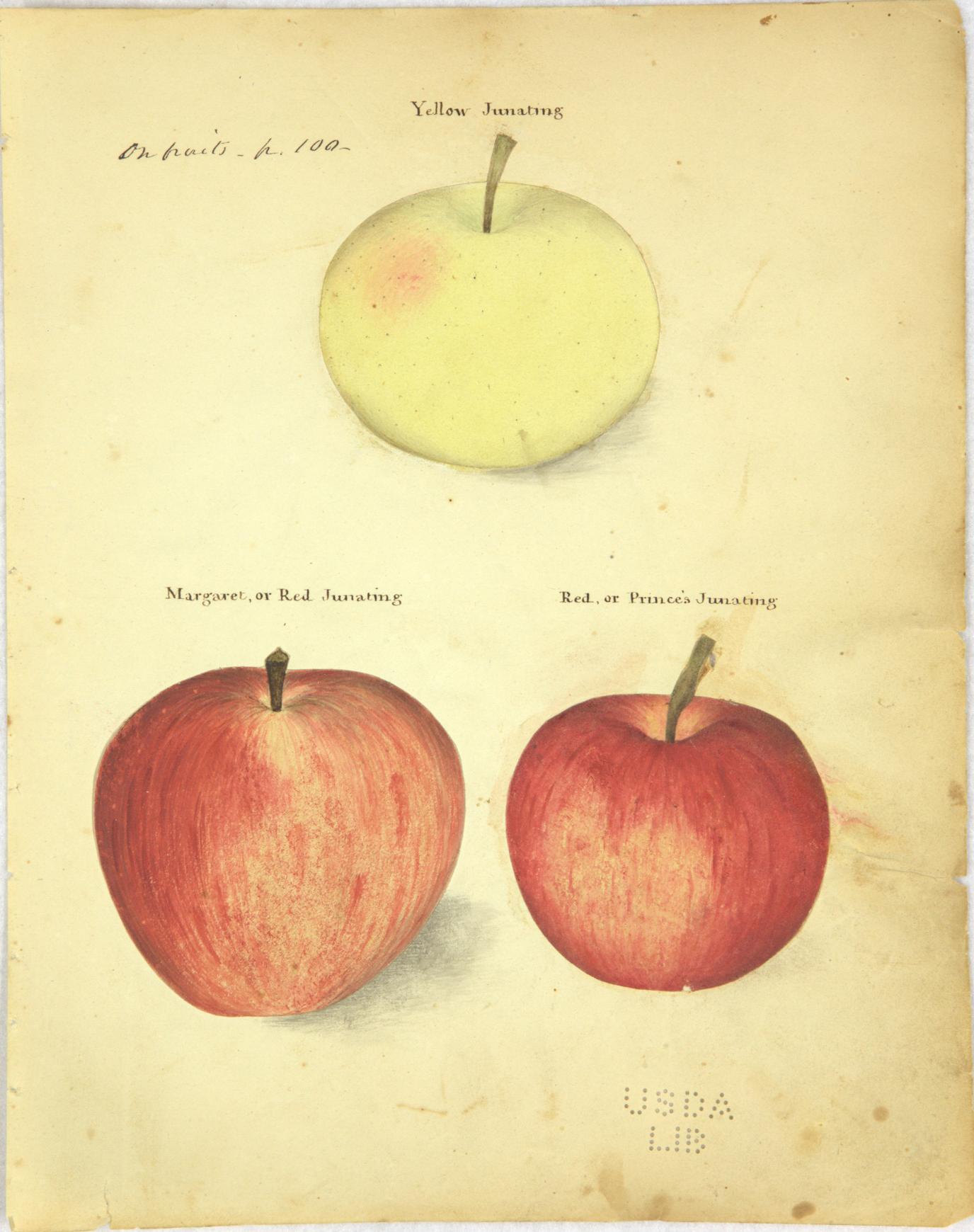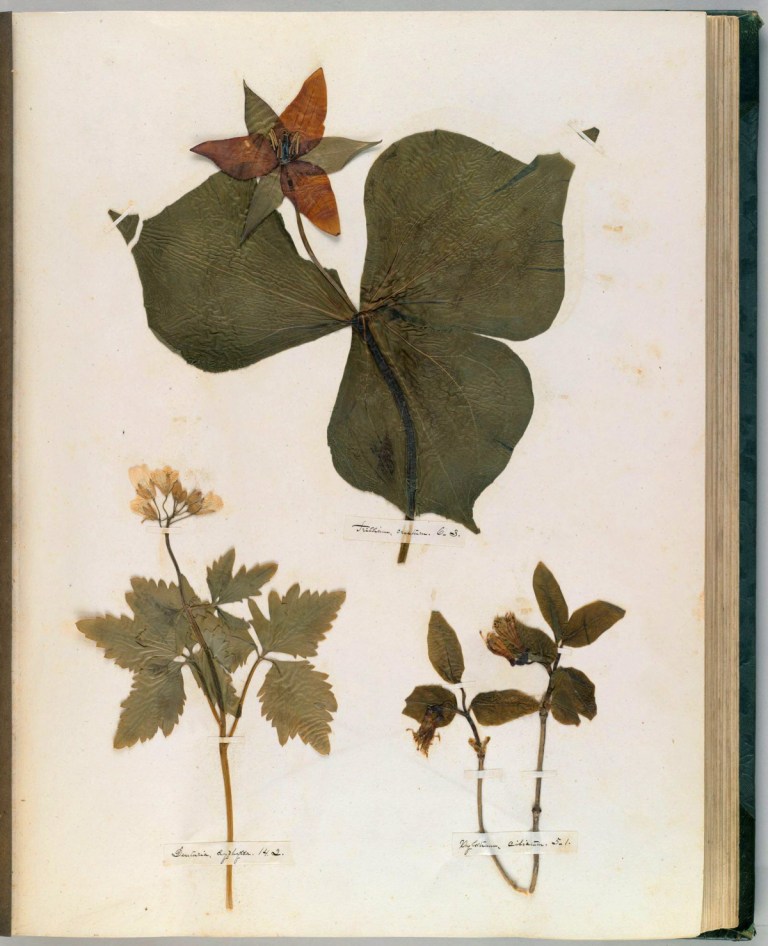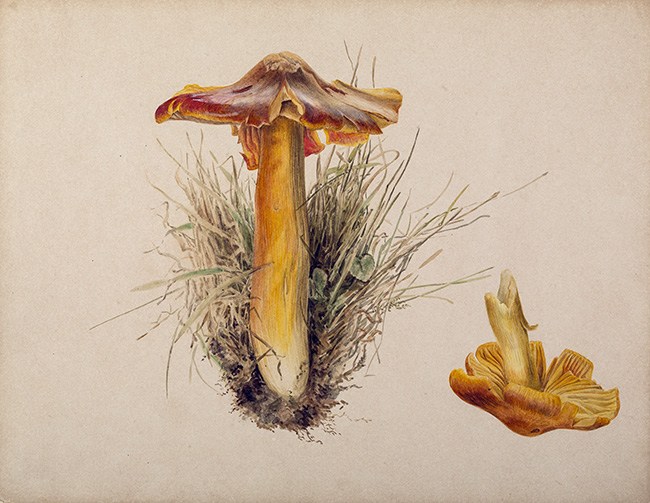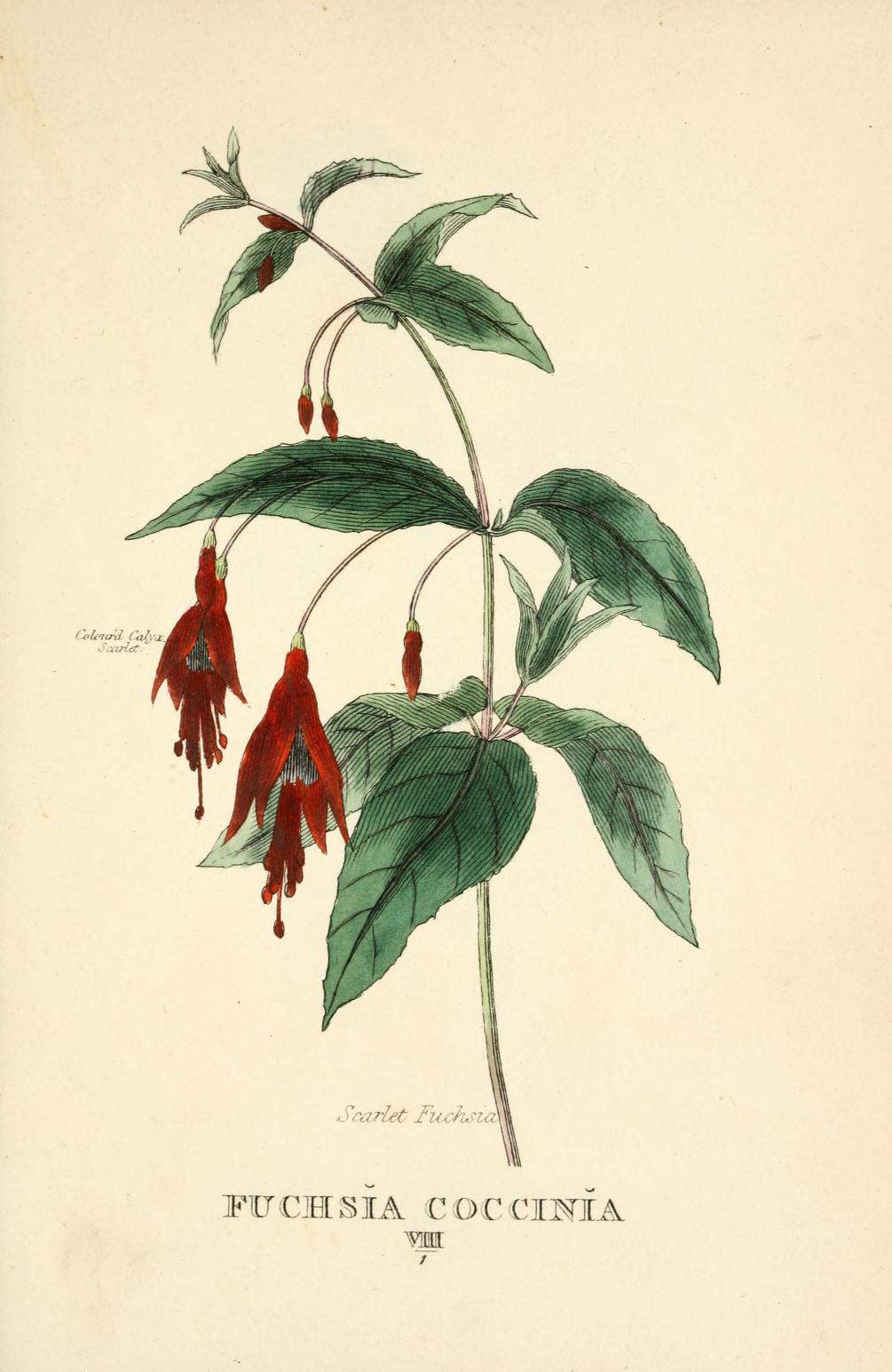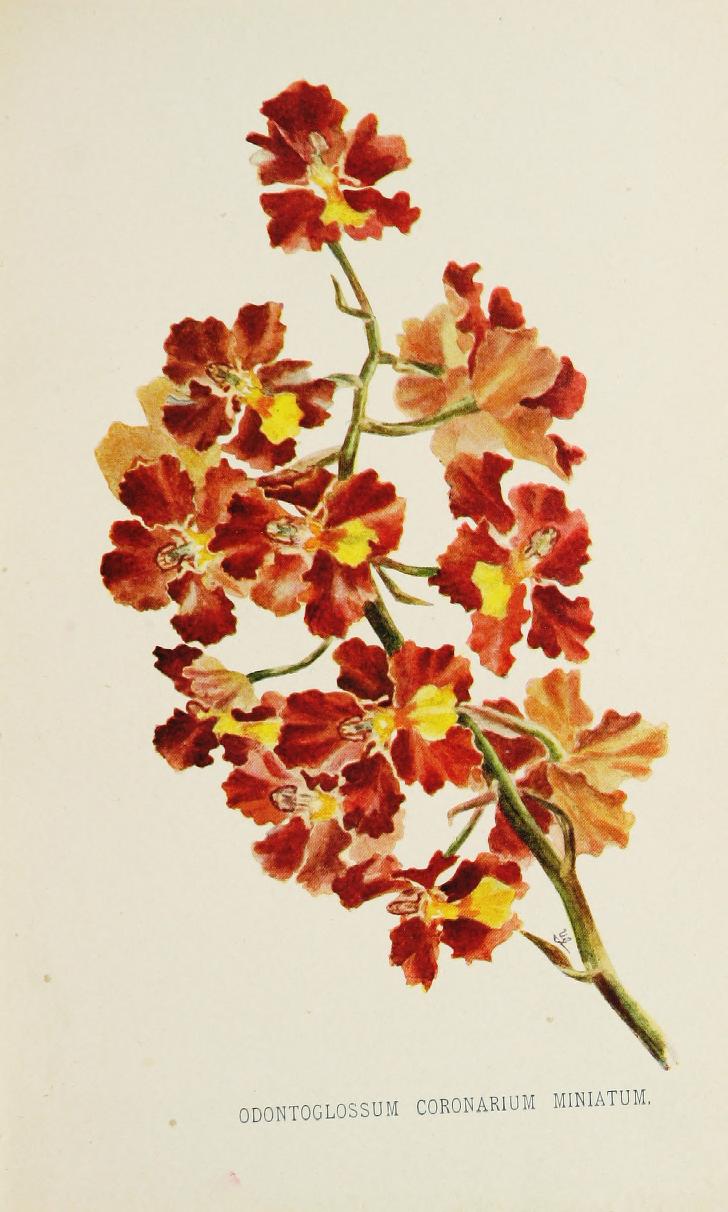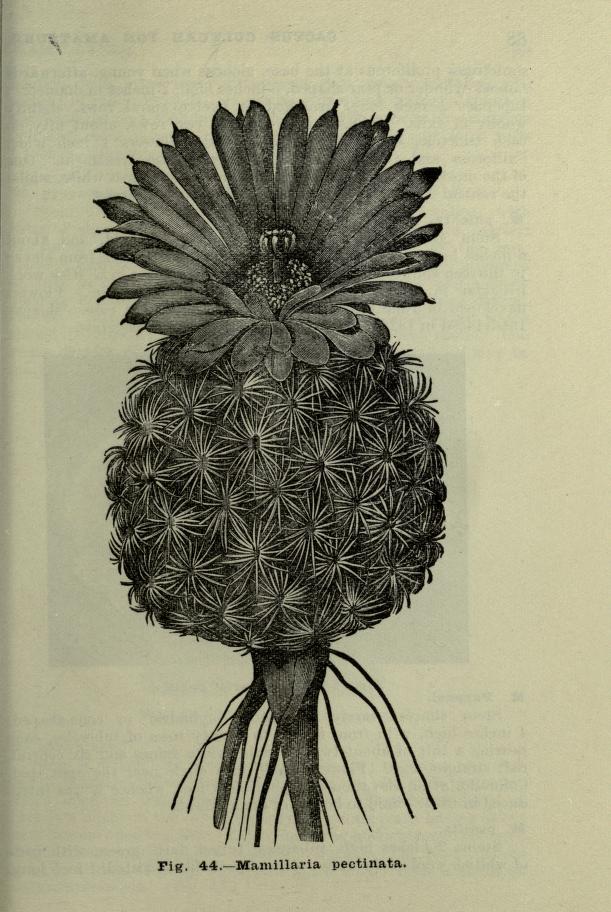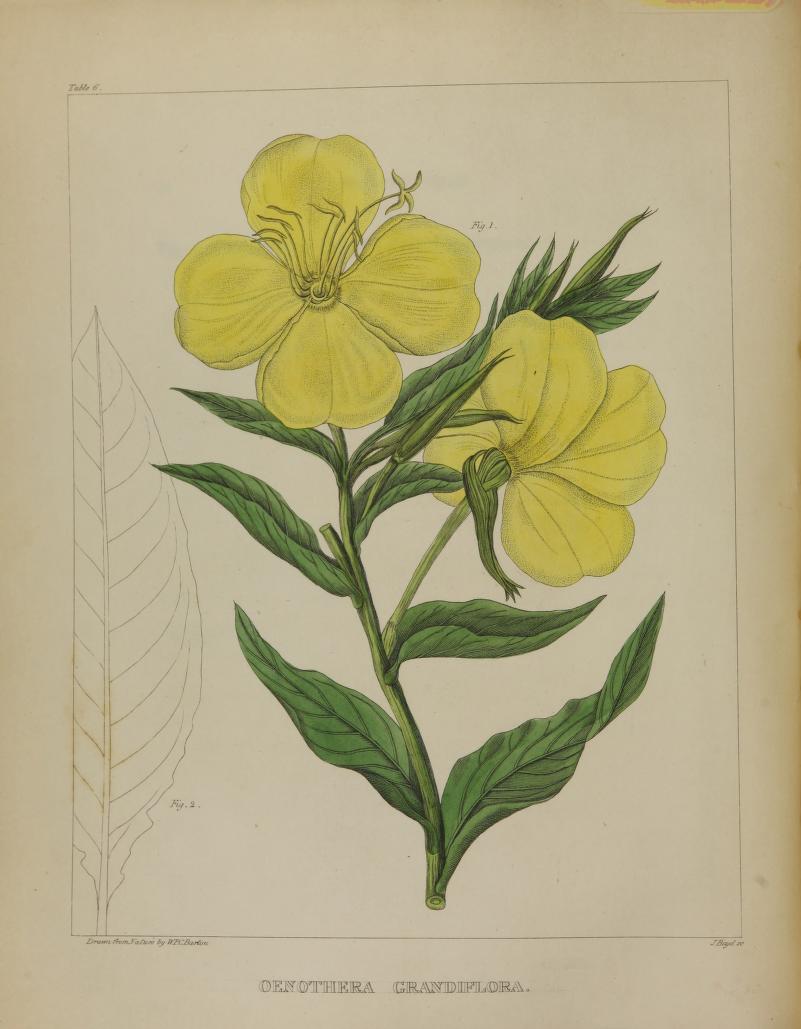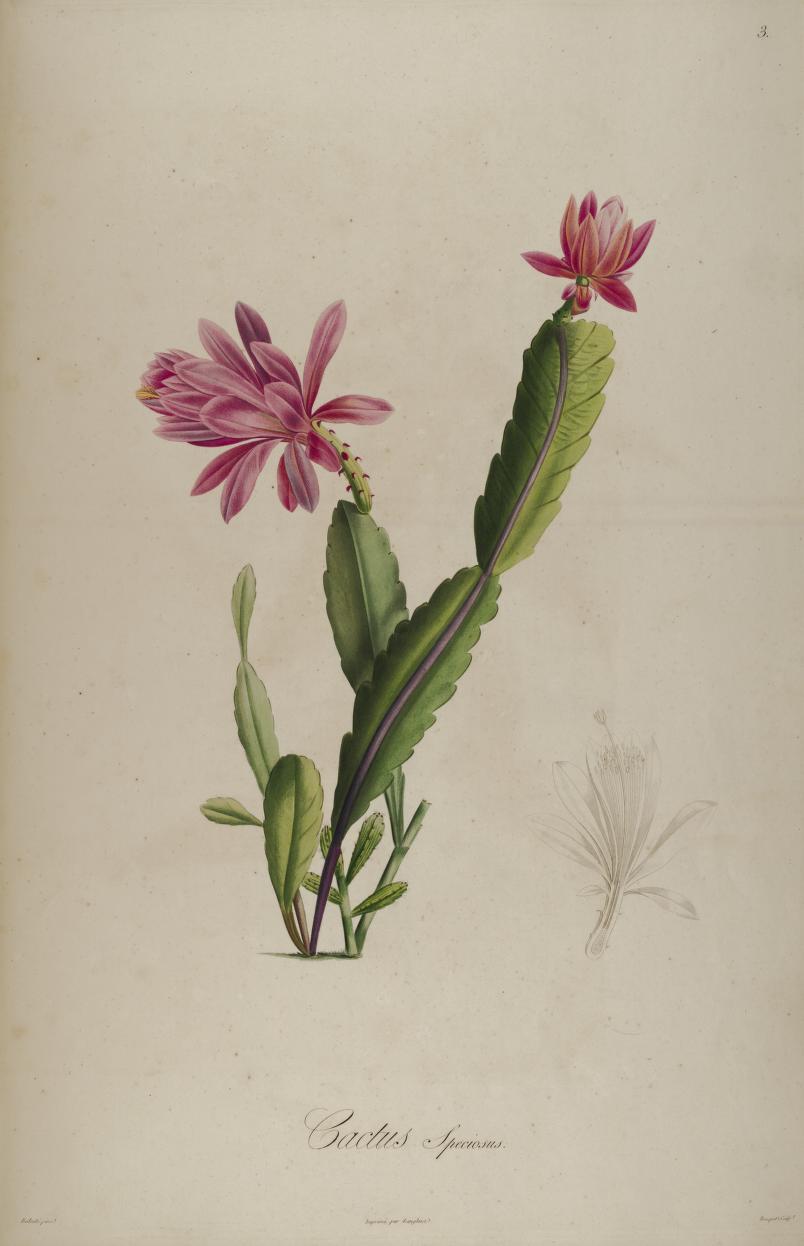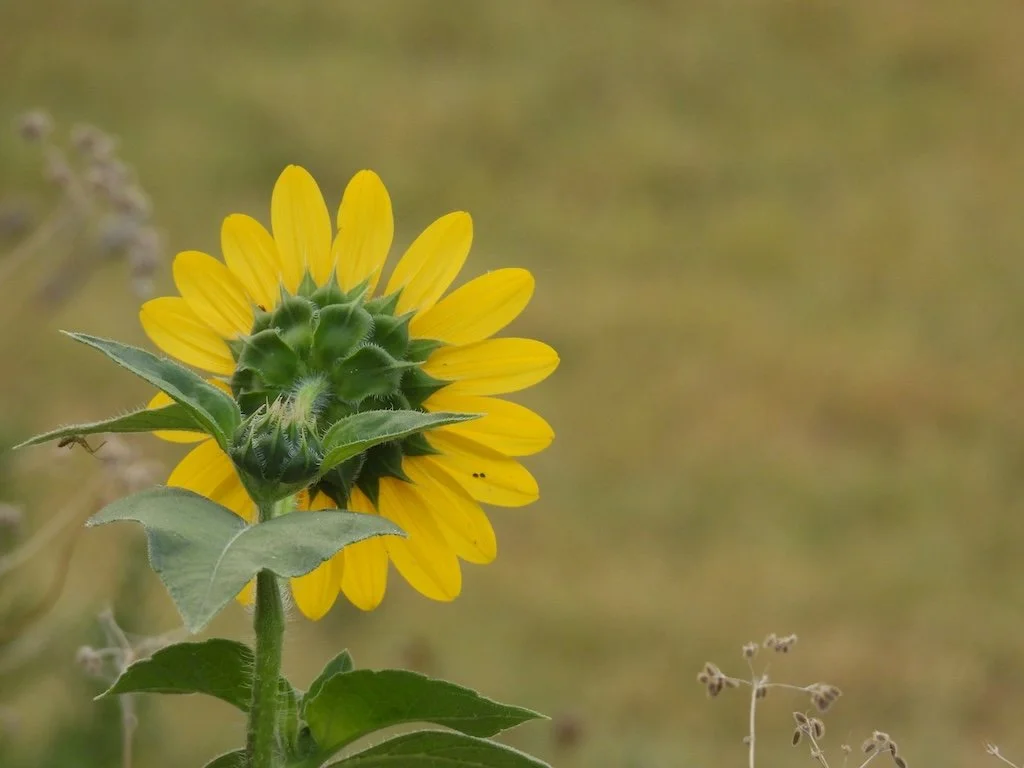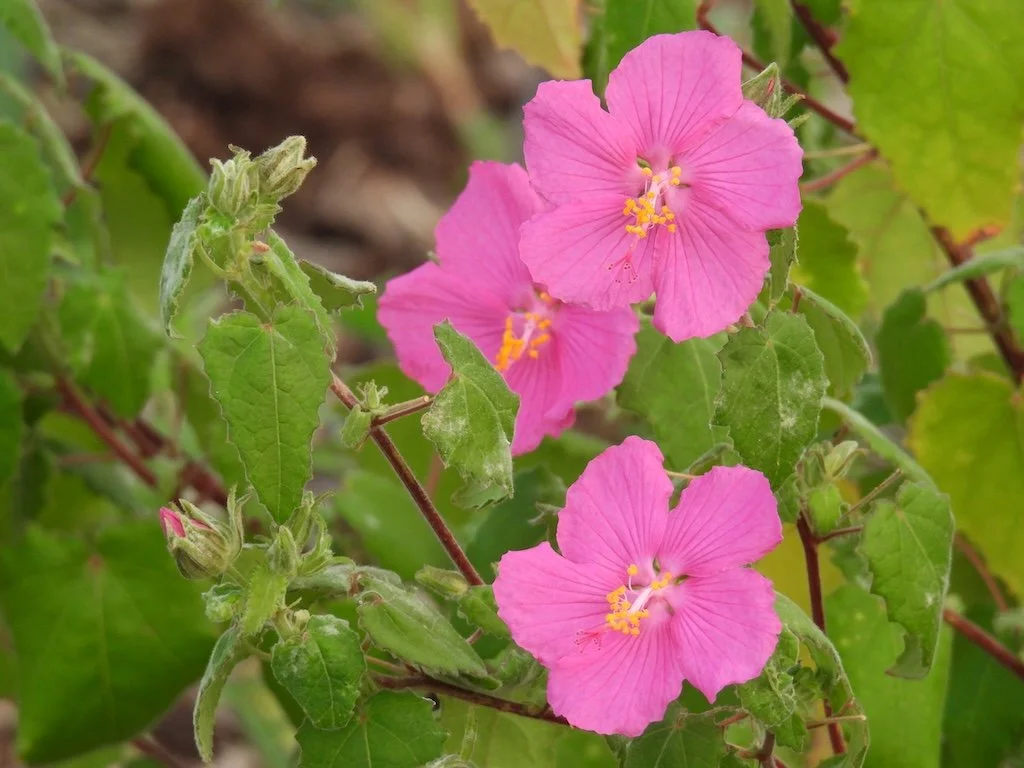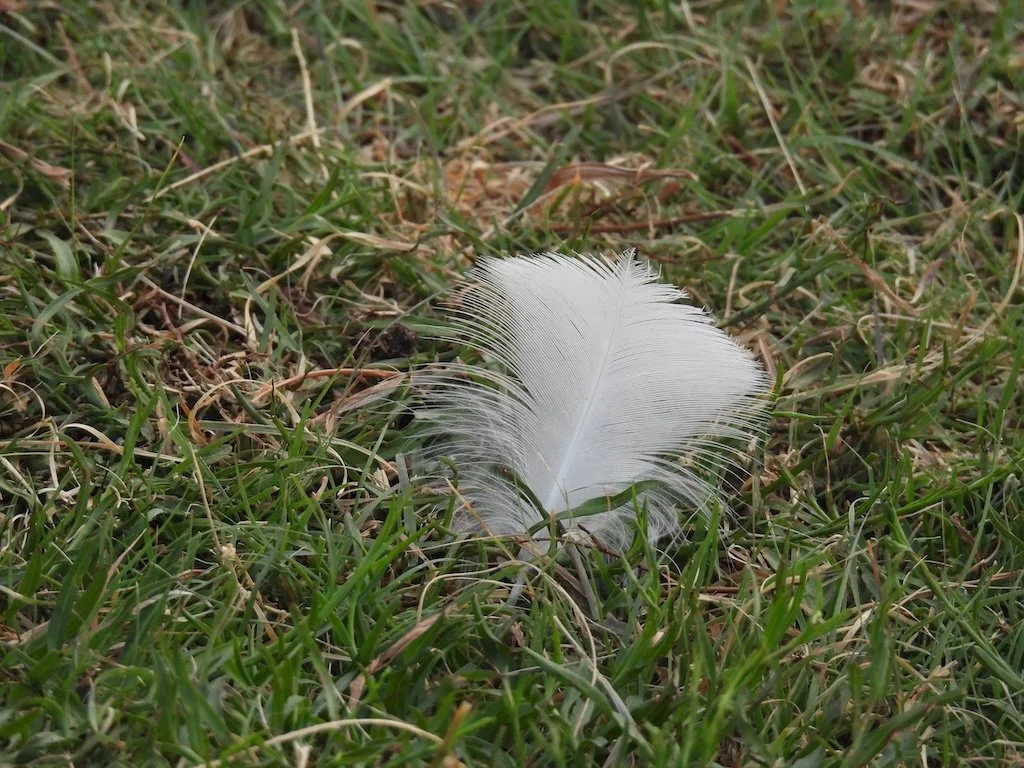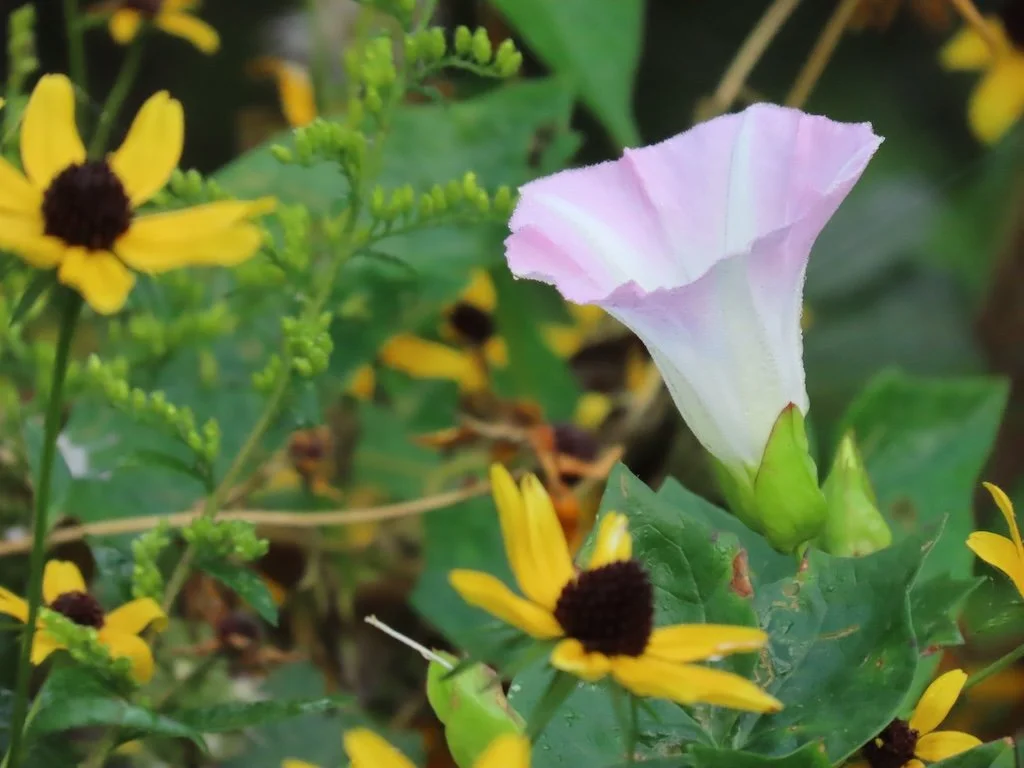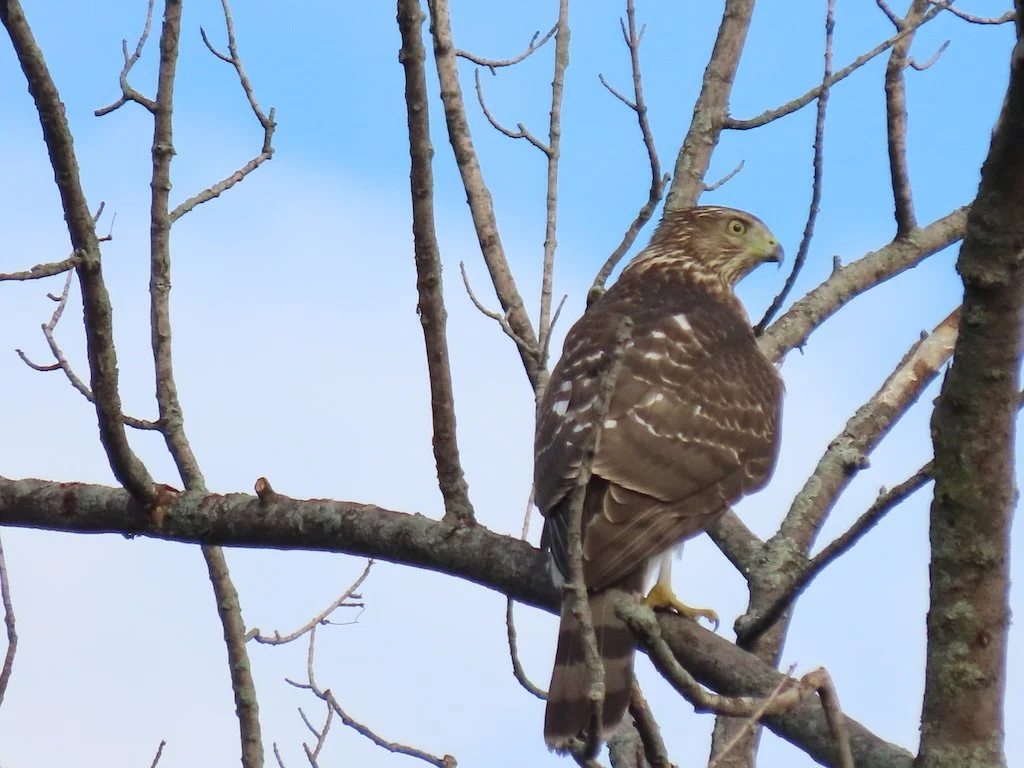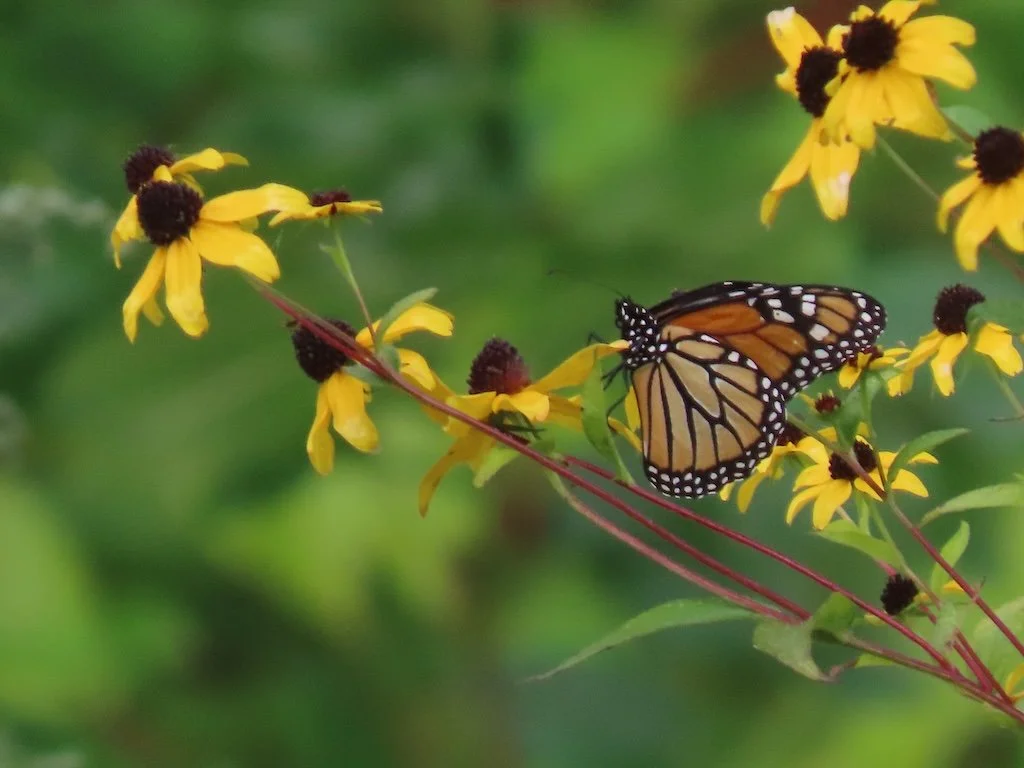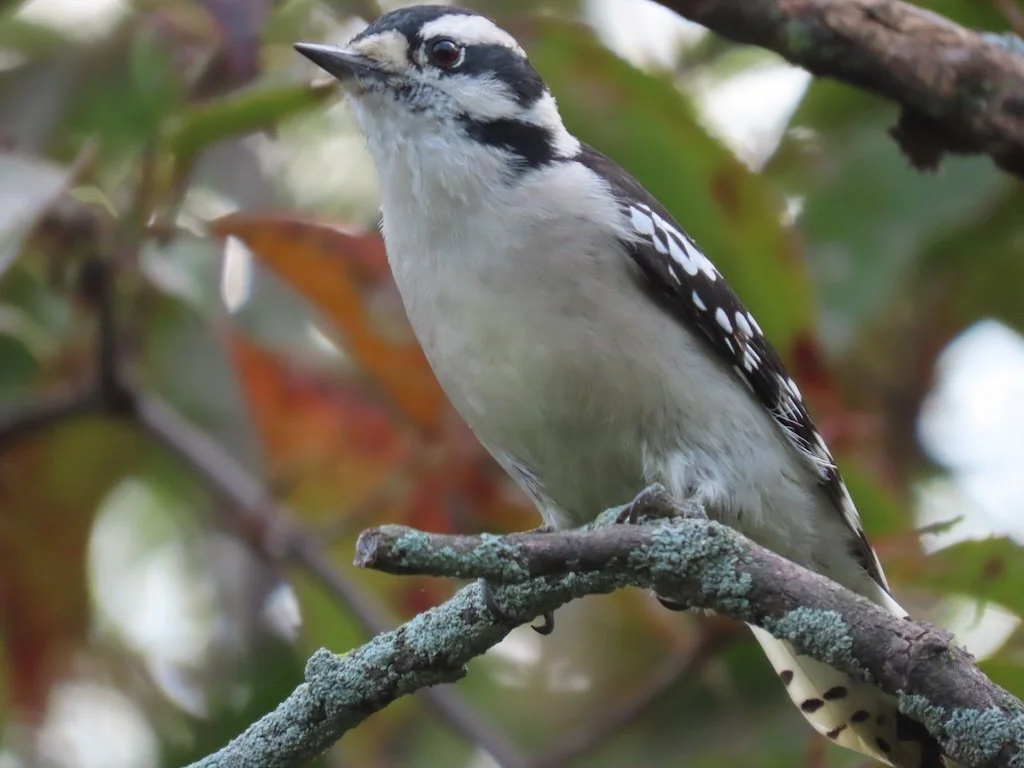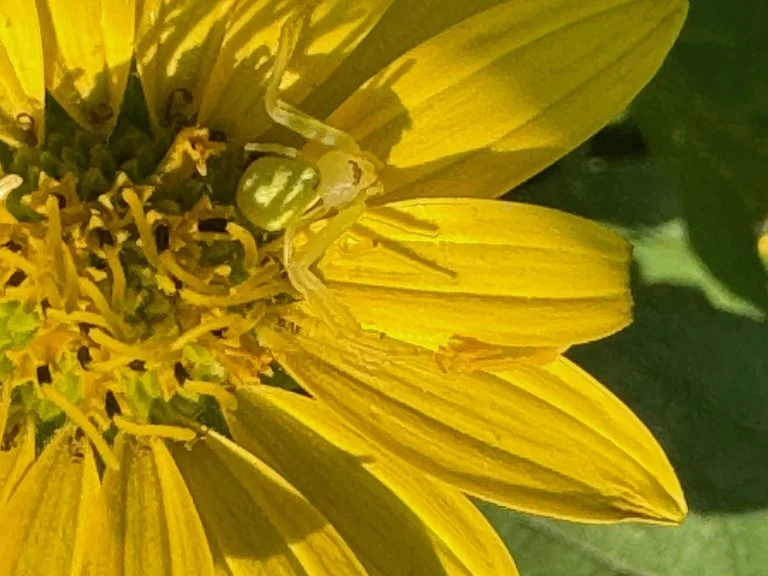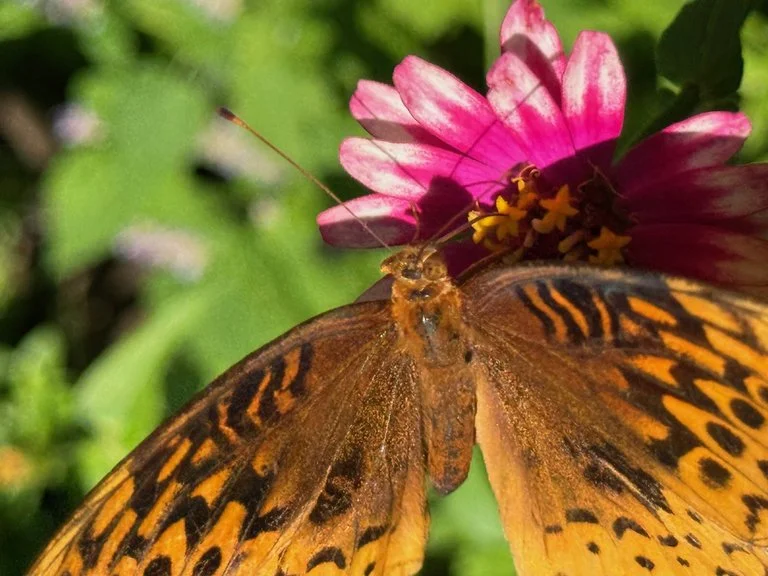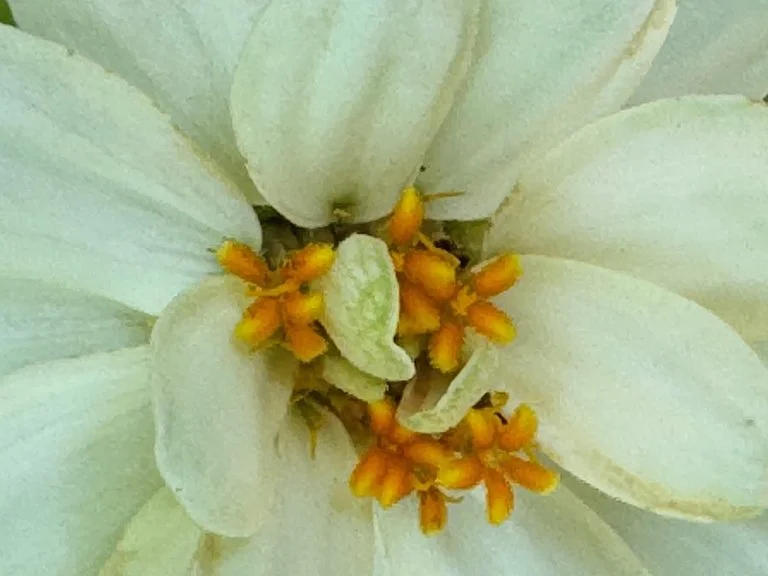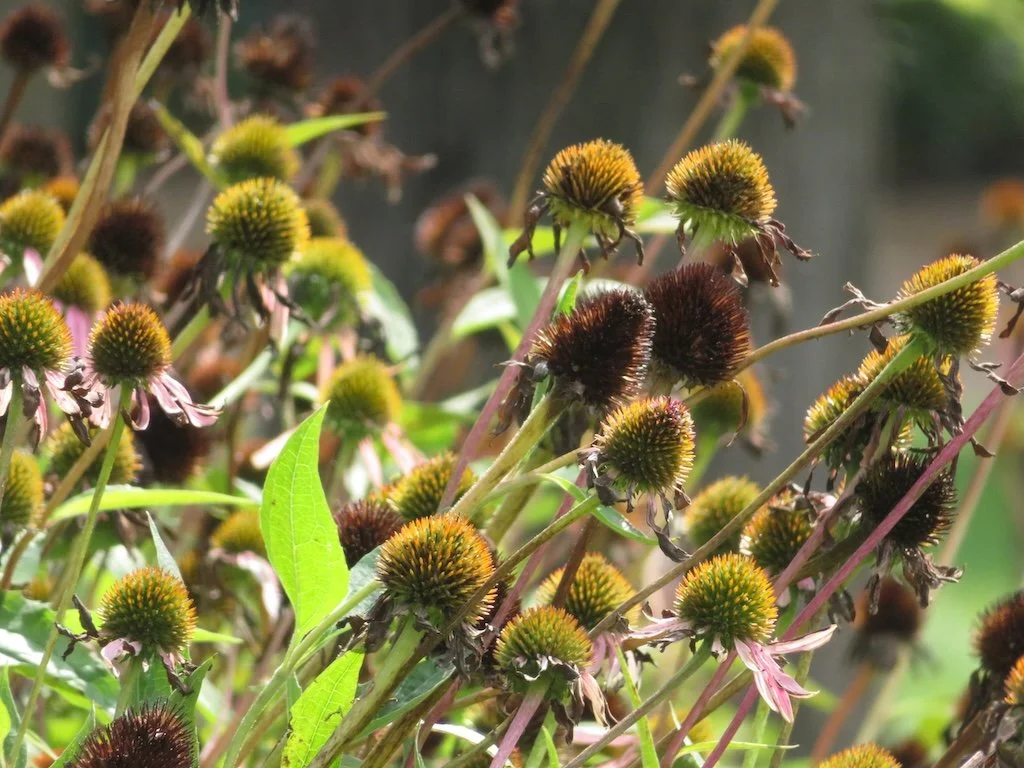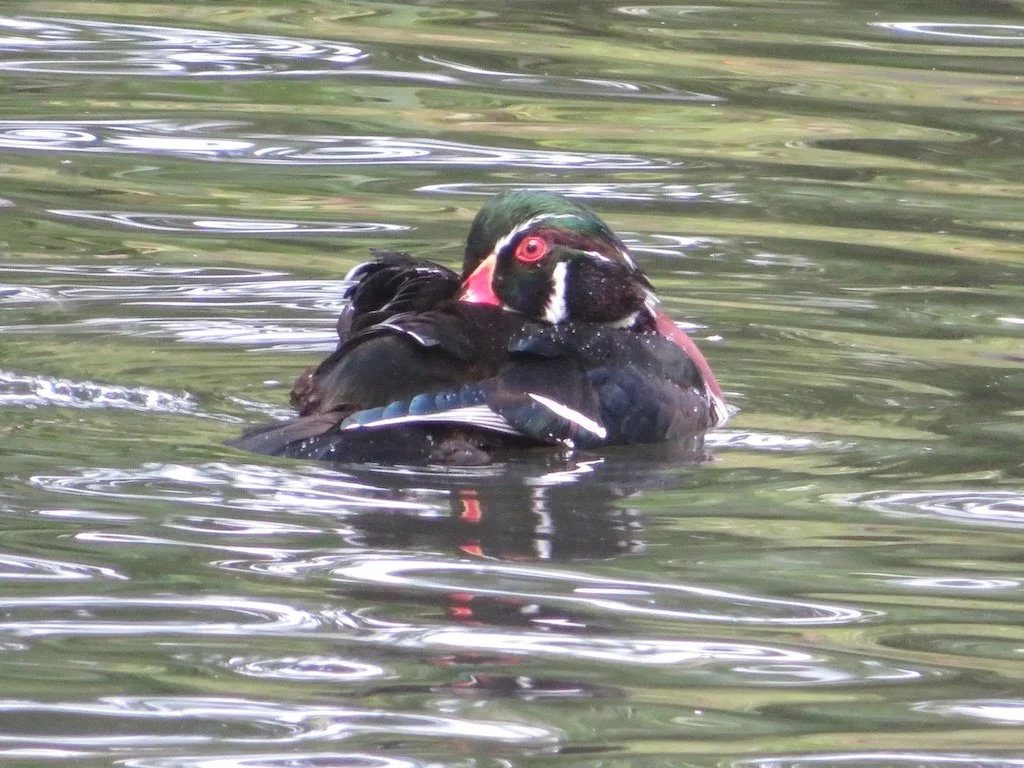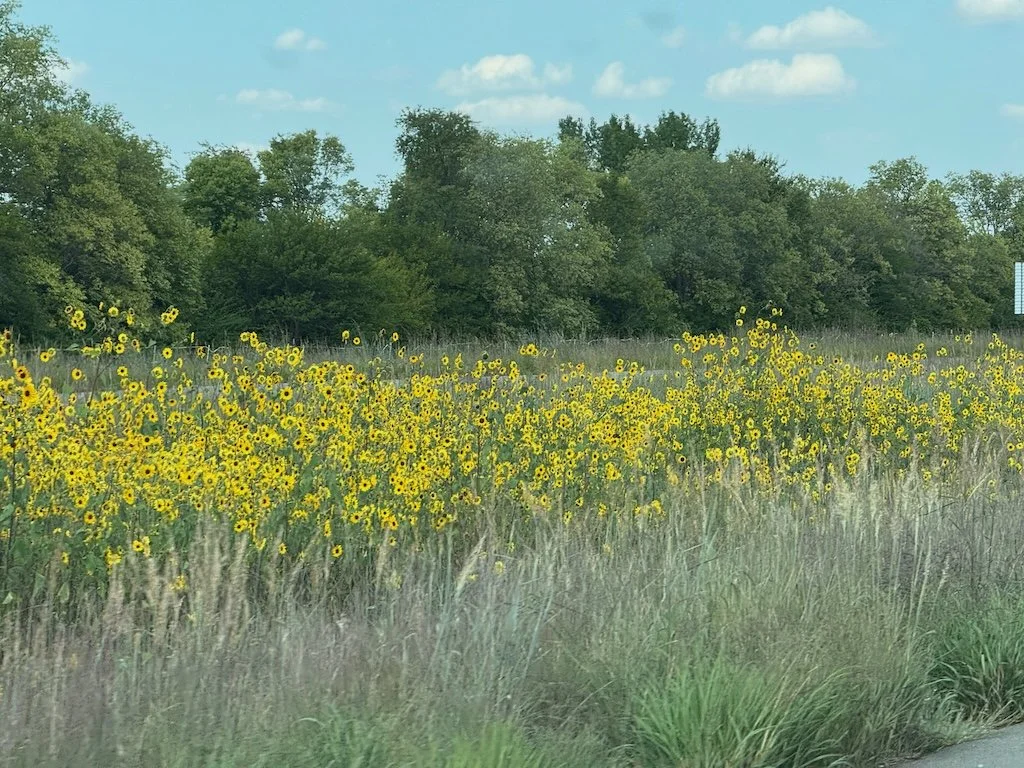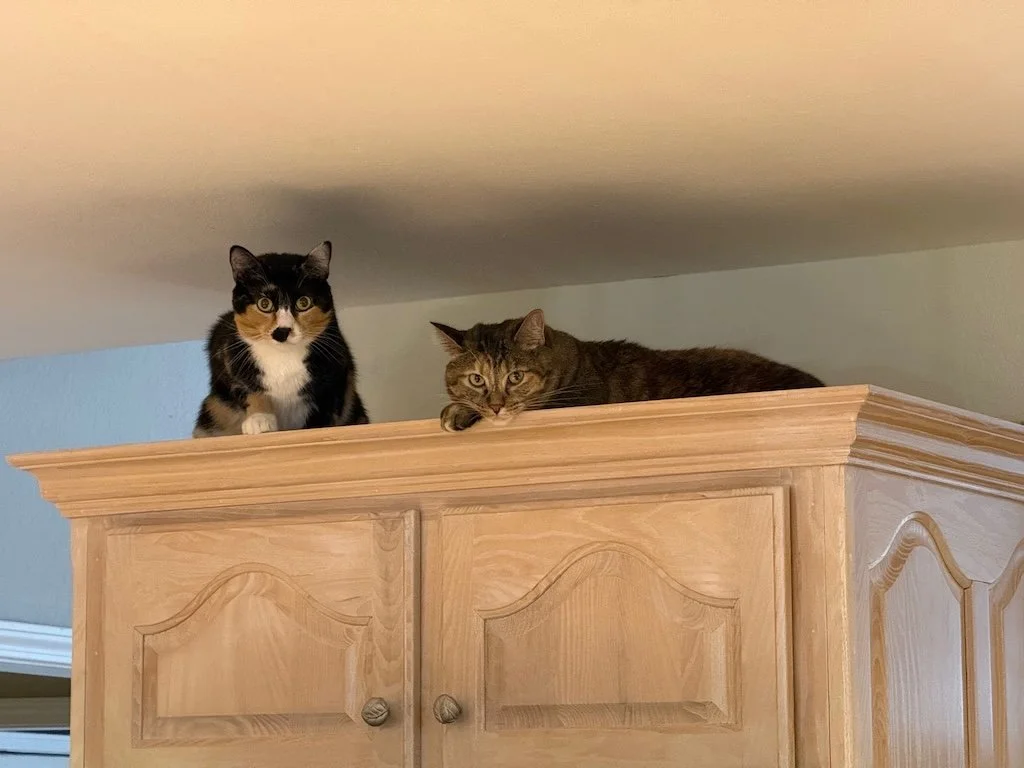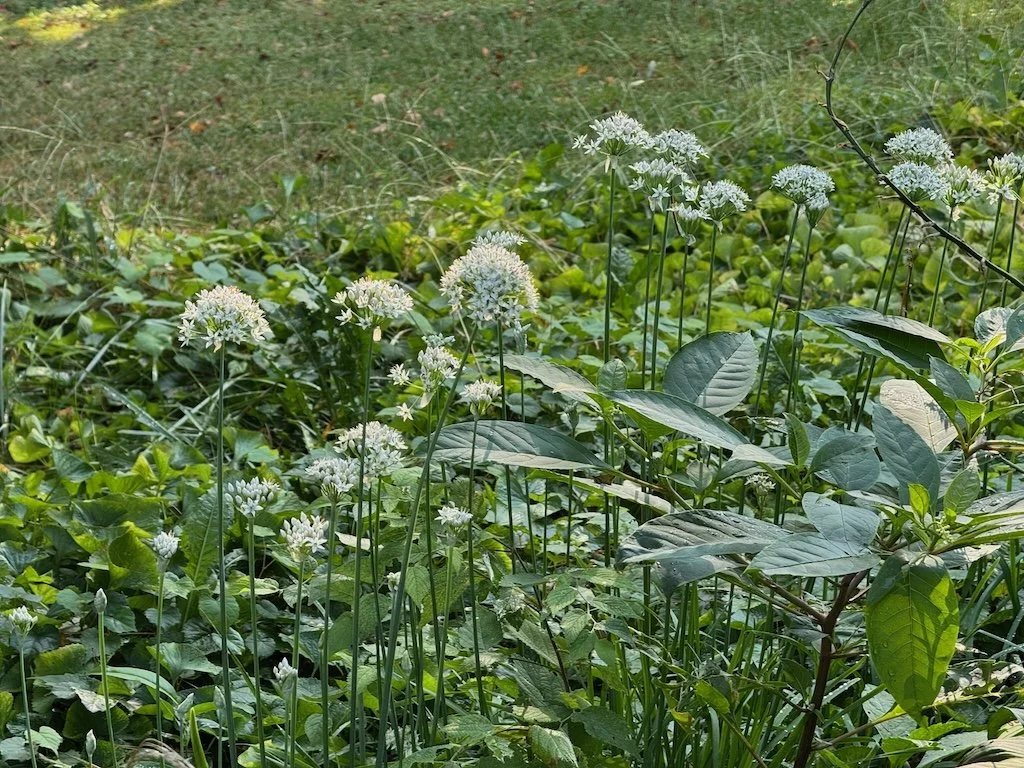Road Trip to Florida
/Last week we drove down to Florida for the annual Space Coast Birding and Wildlife Festival in Titusville. I’ll be posting about the trip for the next week or so…but today the post is focused on the drive itself. We left the house at 5:30 AM to beat the worst of the commuter traffic around Washington DC. Venus and Jupiter were visible in the darkness to the east. We made a very cold rest stop at 6:30 AM south of DC and on I95…the interstate we would take all the way to Florida. The temperature was in the low teens. Leaving early had achieved its purpose; no stop and go or slow traffic! We listened to Planetary Society podcasts that my husband had on his phone.
It was getting light by our next rest stop at about 7:30 still in Virginia. It was a newer rest stop with a compass in the entry floor, an area to charge/use laptops (we never spend that much time at a rest stop), and a toddler toilet (I’ve only seen these in the newer Virginia rest stops….what a wonderful feature for young families).
We took I295 around Richmond and stopped at a McDonalds for a second breakfast. The sun was shining in our eyes. Turkey vultures were soaring. By 9:40 AM we were in North Carolina. I remembered the rest stop from a previous trip: red tile strips and glass brick.
There was a bird’s nest in the tree just outside the building – easy to see in the winter.
The next stop was a large truck stop in Kenly, North Carolina- with a large tile mosaic in the entry.
We stopped for lunch at Arby’s in Lumberton, North Carolina that did not take long and then were back on the road – crossing into South Carolina and seeing a Honda plant with its own exit from the highway and water tower.
The next rest stop did not have any structural distinction, but I did notice a large river birch in the picnic area.
I saw a hawk fly low across the road in front of us and began to see black vultures along with turkey vultures. Our last rest stop for the day had green tile and a skylight in the facilities. The picnic area had sabal palmettos – matching the South Carolina license plates.
We stopped for the night in Savannah – just off I95.
We didn’t start out as early the next morning. It was already beginning to get light. We made a stop, still in Georgia, where the roses were blooming.
As we drove into Florida a line of clouds moved in.
I took pictures of the Dames Point Bridge going around Jacksonville (some morning commuter traffic).
At the next rest stop there was a pond with a fence around it (with signs warning of snakes)…but I braved the short walk up to the fence (didn’t see any snakes). I took pictures of the birds around the pond…the first for the trip: hooded mergansers,
White Ibis (mature and juvenile), and
Not bad birding at a rest stop along I95.
We arrived at the registration desk for the festival a little after 11.





















